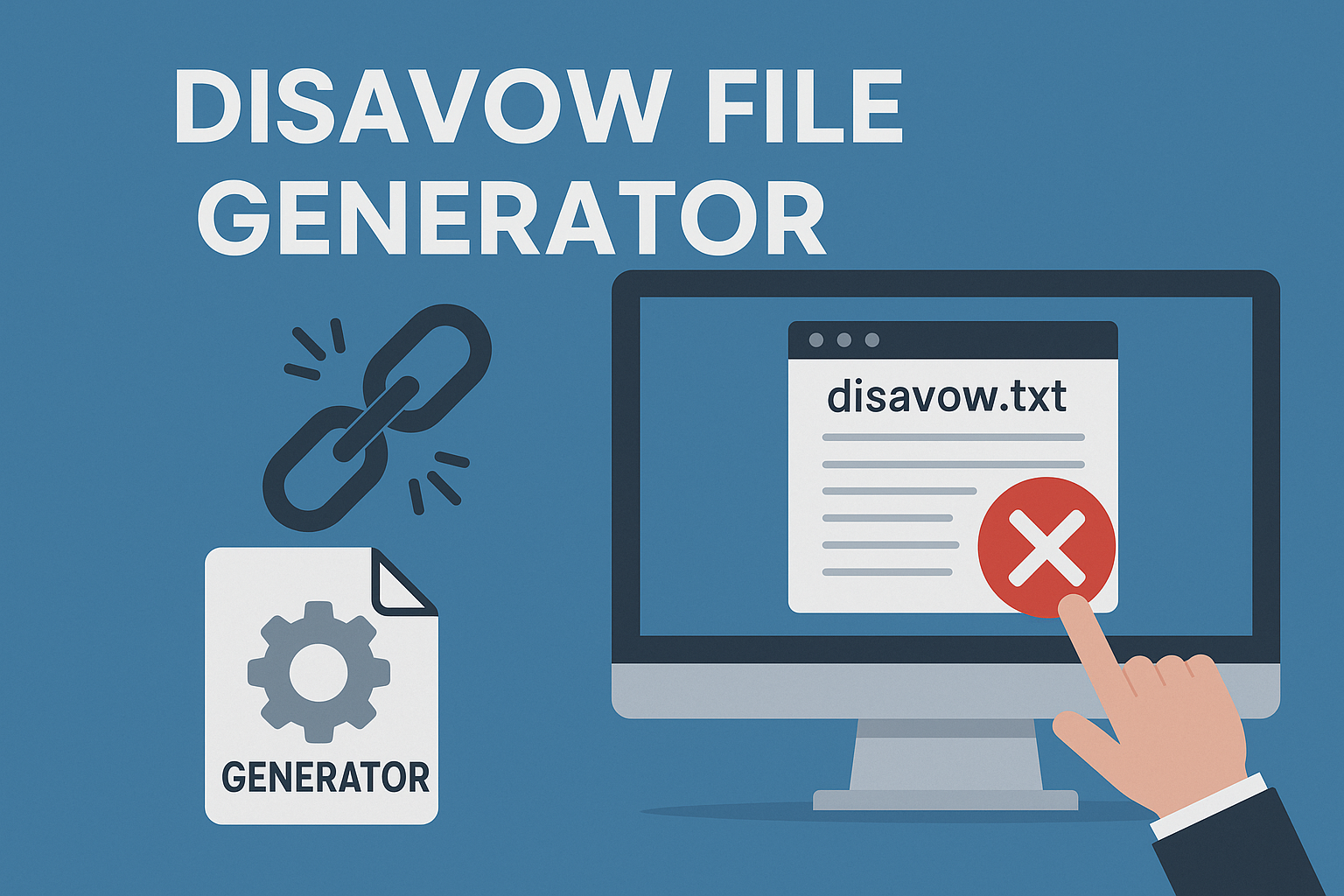The digital world is changing fast. Staying ahead means measuring what truly matters. In 2025, knowing which metrics drive results is crucial for SEO success.
Counting backlinks isn’t enough anymore. SEO pros need advanced systems to track both quantity and quality. The right metrics show your position and reveal hidden opportunities.
This guide covers ten vital measurements for every SEO dashboard. We’ve studied trends and talked to experts about what influences search rankings today.
These indicators will help you master off-page optimization. You’ll find actionable tips to boost your website’s authority and visibility right away.
-
When evaluating backlink quality, this breakdown of Trust Flow differences between Moz and Majestic offers valuable insights.
Key Takeaways
- Modern backlink analysis requires tracking both quantity and quality metrics
- Search algorithms in 2025 prioritize relevance and authority over sheer numbers
- Effective SEO tracking now includes measuring referral traffic quality
- Domain diversity has become more important than total backlink count
- Real-world engagement metrics now influence how search engines value links
- Competitive analysis should focus on quality gaps rather than volume differences
The Evolving Landscape of SEO and Link Building
SEO and link building have transformed dramatically in recent years. Google’s core updates have changed effective SEO strategies. These algorithm updates now favor websites that offer genuine value and excellent user experience.
SEO is no longer a set of fixed tactics. It requires adaptability and strategic thinking. Search engines now reward true expertise, authority, and trustworthiness.
Link building has shifted from quantity to quality. It now focuses on building relationships and creating valuable content. As AI advances, marketers must adapt to new link building trends.
Why Metrics Matter More Than Ever in 2025
Proper metric tracking is crucial in today’s competitive digital world. It guides successful SEO campaigns and demonstrates clear ROI. Without accurate measurement, improvement becomes impossible.
“In the modern SEO landscape, what you can’t measure, you can’t improve. Metrics aren’t just numbers—they’re the language of strategic decision-making.”
The abundance of data points presents both opportunities and challenges. Smart marketers focus on metrics that directly impact business outcomes. This approach allows for efficient resource allocation and quick strategy adjustments.
The Shift from Quantity to Quality in Link Profiles
Mass link acquisition is no longer effective. Search engines now evaluate the relevance, context, and authority of backlinks. A single high-quality backlink now outweighs numerous low-quality ones.
This change aligns with Google’s goal of providing valuable search results. Modern algorithms can detect natural versus artificial link patterns. Sites with diverse, relevant, and authoritative links consistently perform better.
-
It’s important to weigh the risks associated with relying solely on SEO as your primary traffic source.=
Successful SEO professionals now focus on creating valuable content that naturally attracts quality backlinks. This approach improves search rankings and brings in more qualified, conversion-ready traffic. By understanding the core mechanics behind forum participation for link building, you can gain a clearer perspective—check out the full guide on forum posting in SEO for detailed strategies
Tracking link building performance is essential for any SEO campaign, especially when managing multiple outreach campaigns or collaborating across a large team. Knowing how to track link building with a large team ensures everyone stays aligned on progress, quality, and results. The metrics used in link building—such as referring domains, domain authority, anchor text diversity, and link velocity—help measure what’s working and what needs refinement. Focusing on link building metrics and tracking provides a clear picture of backlink growth, quality improvements, and overall SEO impact, ensuring your strategy scales effectively while maintaining consistency across the entire team.
Essential Link Building Metrics for Strategic Success
Link building metrics can make or break your SEO results. In 2025, smart marketers know it’s about quality, not just quantity. They measure the impact of links to boost their website’s authority.
A comprehensive link building strategy needs multiple metrics. These metrics are like health checks for your website. They warn you of issues and show growth opportunities.
Top SEO pros look at the big picture of link metrics. A sudden rise in backlinks might seem good. But it’s crucial to check the quality and anchor text too.
Track trends over time to make smart choices. This turns link building into a powerful tool. It supports your broader marketing goals effectively.
-
For a detailed breakdown of what UK small businesses can expect to invest in SEO services, explore our guide on SEO pricing tailored for small enterprises.
-
How These Metrics Impact Your Overall SEO Performance
Link metrics can predict your future SEO success. Good backlinks boost your site’s authority in search engines. This helps you rank higher for important keywords.
Better links lead to better search visibility. This brings more organic traffic to your site. More qualified visitors mean higher conversion rates.
Some metrics show changes that affect rankings later on. Regular tracking helps you adjust your strategy proactively.
Quick Common Asked Questions and Answers
What are the best metrics for link building SEO and why do they matter?
The best metrics for link building SEO include Domain Authority (DA), Domain Rating (DR), Trust Flow, and organic traffic. These metrics for linkbuilding help evaluate the quality of a backlink source, ensuring you’re building authority from trusted, relevant websites.
Quick Common Asked Question and Answer
What is a backlink extractor tool and how does it support link building KPIs?
A backlink extractor tool identifies and pulls a list of all backlinks pointing to a domain or URL. This helps track referring domains, anchor text, and link quality. It’s essential for measuring link building KPIs like domain authority growth, link quantity, and relevance. When paired with link building conversion tracking, it offers deeper insight into how links impact traffic and conversions. Tools that integrate targeted link SEO insights and Ahrefs link-building metrics make it easier to optimize campaigns for both quality and ROI.
What is the DA metric for linkbuilding and how is it used?
The DA metric for linkbuilding (Domain Authority) is a Moz-developed score predicting how well a site will rank. It’s commonly used to assess the value of a backlink, especially when combined with other factors like traffic and relevance.
Creating a comprehensive link metrics checklist ensures you track essential SEO factors, establishing clear kpis to measure your link building outreach effectiveness including response rates, placement success, and domain authority gains, while monitoring key link metrics seo data like referring domains, anchor text distribution, and link velocity helps optimize your backlink strategy for sustainable growth.
What is a backlink indicator and how does it guide outreach?
A backlink indicator refers to any signal that shows the strength or presence of a backlink—such as anchor text usage, placement context, or indexing status. It helps marketers prioritize which sites are worth targeting during link-building campaigns.
Quick Common Asked Question and Answer
What are link building success metrics and how do you measure them?
Link building success metrics include the number of high-quality backlinks earned, referring domains, domain authority improvements, and traffic from link placements. Platforms like Ahrefs help track Ahrefs link-building metrics, such as URL rating and link growth over time. Tools from events like Vertical Measures Presents Link Building Tools for Success June 10th often emphasize tracking conversions, brand mentions, and contextual relevance. Some teams even visualize performance using a backlink grid space to organize and evaluate link sources by priority and impact.
Setting Up Your Tracking Dashboard
Choose the right tools for your SEO metrics dashboard. Ahrefs, Semrush, and Moz offer great link analysis. Google Analytics shows how referral traffic performs.
Focus on metrics that match your goals. Most sites should prioritize link quality measurement over quantity. Track key metrics weekly and do a full analysis monthly.
Use charts to compare with competitors and spot trends. Your dashboard should clearly show your link profile’s health. It should highlight areas where you can improve.
Domain Authority and Domain Rating
Domain Authority and Domain Rating are key metrics for evaluating website strength. These indicators help SEO pros measure a site’s potential search performance. They offer strategic insights to guide your link building approach.
Understanding Domain Authority by Moz
Moz’s proprietary metric is Domain Authority (DA). It predicts how likely a website is to rank in search results. DA uses a 1-100 scale and considers factors like linking root domains.
DA works best for comparing sites and tracking authority changes. It can also help identify potential link partners. DA updates periodically as Moz refreshes its index.
If your growth strategy relies on inbound traffic, don’t miss our insights on effective link building tactics for SaaS brands.
Ahrefs’ Domain Rating Explained
Domain Rating (DR) is Ahrefs’ authority metric. It evaluates a website’s backlink profile strength. DR uses a 0-100 scale but calculates differently than DA.
DR focuses on two main factors. These are the number of unique referring domains and their authority. Ahrefs emphasizes quality and relevance of linking domains over quantity.
Differences Between DA and DR
DA and DR measure website authority differently. DA considers multiple ranking factors, while DR focuses on backlink profiles. DA updates monthly, whereas DR updates more frequently.
| Feature | Domain Authority | Domain Rating |
|---|---|---|
| Calculation Base | Multiple ranking factors | Primarily backlink profile |
| Update Frequency | Monthly updates | More frequent updates |
| Link Evaluation | Considers link quality and quantity | Emphasizes unique referring domains |
| Correlation Focus | Overall search ranking potential | Backlink profile strength |
These differences explain why websites might have varying scores across platforms. Neither metric is superior; they offer different perspectives on website authority.
How to Interpret These Metrics for Your Strategy
To use DA and DR effectively in link building:
- Benchmark against competitors instead of chasing arbitrary numbers. A DA of 40 may excel in some niches but fall short in others.
- Track trends over time rather than daily changes. Consistent growth shows successful strategy implementation.
- Use both metrics together for a complete view of your site’s authority profile.
Don’t reject link opportunities based solely on low DA or DR scores. Relevant links from niche sites often outperform generic mentions from high-authority domains.
Remember, these metrics are estimates of how search engines might view your site. They’re valuable indicators but should be considered alongside other performance metrics.
Quick Common Asked Question and Answer
How to find internal links in a website and determine how many a page has?
To find internal links in a website, use SEO tools like Screaming Frog, Ahrefs, or Google Search Console. These tools crawl your site and list all internal pages linking to each URL. To go further, you can analyze the data to determine how internal links a page has, which helps optimize site structure and improve SEO by ensuring key pages receive enough internal authority.
Referring Domains Growth Rate
Search algorithms now value domain diversity more than total backlink count. A single high-authority domain linking multiple times isn’t as valuable as links from unique domains. Diverse referring domains act as votes of confidence from different web sources.
Each new domain link shows your content’s broad appeal. Monitoring referring domains growth rate reveals how you’re expanding your digital footprint. This metric provides insights into your link building efforts’ sustainability and progress.
Measuring the Pace of New Referring Domains
Effective measurement requires period-over-period comparisons to identify trends in your link acquisition rate. Start by establishing a baseline of your current referring domains count. Set up regular intervals to track new domains linking to your site.
Calculate your growth rate using this formula:
Growth Rate = (New Referring Domains ÷ Previous Total) × 100
Watch for sudden spikes in your growth pattern. Rapid increases might trigger red flags with search engines. Natural backlink growth typically follows a steady, organic pattern aligned with your content publishing schedule.
Unusual patterns, like gaining many new domains overnight, often indicate artificial link building. Consistency is key, rather than dramatic fluctuations that could lead to penalties.
Tools to Track Domain Growth Over Time
Several tools can help you monitor referring domains growth effectively. Each offers unique features for different needs and budgets:
| Tool | Best For | Key Features | Price Range |
|---|---|---|---|
| Ahrefs | Comprehensive analysis | Historical data, competitor comparison, link quality assessment | $99-$999/month |
| SEMrush | Competitive intelligence | Backlink gap analysis, domain comparison, toxic link detection | $119-$449/month |
| Moz Pro | User-friendly tracking | Link intersect, spam score, domain authority metrics | $99-$599/month |
| Majestic | Historical data | Trust Flow, Citation Flow, historical index | $49-$399/month |
For smaller budgets, Google Search Console provides basic referring domain data. It offers insights into which domains are sending traffic to your site. Many SEO pros use a paid tool with Google Search Console’s free data.
Setting Realistic Growth Benchmarks
Appropriate benchmarks for referring domains growth depend on your specific context. Growth rates vary across industries and website maturity levels. New websites often see 10-15% monthly increases in referring domains during their first year.
Established sites might consider 3-5% monthly growth excellent progress. Industry competitiveness also affects growth rates. Highly competitive niches may see slower growth than emerging sectors.
Focus on consistent, sustainable growth matching your content output and promotional capacity. A steady increase of quality referring domains signals natural recognition to search engines. Compare your growth against your historical performance to identify patterns and align with your strategy.
Backlink Quality Score
Your link profile’s strength depends on each backlink’s quality score, not quantity. In 2025, search engines prioritize link value over numbers. Evaluating and enhancing backlink quality is crucial for SEO success.
-
Understanding how to scale outreach effectively is key—this article on effective link acquisition for SaaS companies breaks it down.
A backlink quality score shows a link’s value to your SEO efforts. It considers factors that determine a link’s authority. Let’s explore how to assess and improve this vital metric.
Components of a Quality Backlink
High-quality backlinks share key traits that boost their value. Domain authority is crucial – links from trusted sites carry more weight. The relevance factor has become increasingly important.
Links from sites in your industry provide stronger signals about your content’s value. For instance, a fitness website link from a health publication is more valuable than one from a tech blog.
Link placement is vital. Content body links are more valuable than footer or sidebar links. Anchor text should be natural and varied, not keyword-stuffed.
How to Assess Backlink Relevance
To evaluate link relevance, look beyond basic metrics. Examine the topical alignment between the linking page and your content. Do they discuss related subjects or share common themes?
Modern tools offer semantic analysis to measure content similarity between linking pages. This helps determine if there’s a natural contextual relationship that benefits users.
Consider the user journey when assessing relevance. Would readers want to click through to your content? If yes, that indicates high relevance. In 2025, relevant links often outperform high-authority links without topical connections.
Red Flags in Your Backlink Profile
Some backlink traits can signal problems that might trigger search engine penalties. Unnatural link patterns are the most common red flag. These include sudden link spikes or many links with identical anchor text.
Links from known link farms, private blog networks, or content-free sites are concerning. These schemes violate search engine guidelines and can lead to manual actions.
Watch for geographical anomalies. If your US business has mostly foreign links unrelated to your industry, it could indicate purchased links. Too many low-quality directory or forum profile links suggest outdated tactics.
Toxic Link Identification Methods
Identifying harmful links requires automated tools and manual reviews. Most SEO platforms include toxic link detection features. These flag potentially problematic backlinks based on various risk factors.
When conducting a backlink audit, pay special attention to these warning signs:
- Sites with excessive outbound links on a single page
- Pages with no indexation in search engines
- Domains with history of Google penalties
- Sites with deceptive redirects or cloaking
- Dramatic mismatches between domain age and link profile size
For systematic toxic link identification, implement this proven process:
| Audit Stage | Action Items | Tools | Warning Indicators |
|---|---|---|---|
| Initial Screening | Export complete backlink profile | Google Search Console, Ahrefs, Semrush | Unusual traffic drops, manual actions |
| Automated Analysis | Run toxicity checks on all domains | LinkResearchTools, Moz, Majestic | High toxicity scores, spam flags |
| Manual Review | Examine flagged links individually | Browser inspection, Wayback Machine | Irrelevant content, hidden links |
| Remediation | Create disavow file for toxic links | Google Disavow Tool, outreach templates | Unsuccessful removal requests |
| Monitoring | Schedule regular re-audits | Automated alerts, calendar reminders | New toxic links appearing |
Regular backlink audits help maintain a healthy profile. Most SEO professionals recommend quarterly reviews at minimum. More frequent checks are needed if you’re actively building links or in competitive niches.
Understanding backlink quality and using robust evaluation processes will improve your link profile. This approach leads to sustainable ranking improvements in 2025 and beyond.
Link Velocity Trends
Link velocity trends are crucial for avoiding penalties in SEO. They show how naturally your link profile grows over time. Search engines use these trends to detect manipulation.
Modern algorithms can spot suspicious growth patterns easily. Tracking your link velocity is essential for long-term SEO success.
Natural vs. Unnatural Link Acquisition Patterns
Natural link growth follows predictable patterns. It shows gradual, steady growth with occasional spikes. These spikes often match with important events or content releases.
- Publication of exceptional content
- Newsworthy company announcements
- Successful PR campaigns
- Industry events or seasonal trends
Unnatural link acquisition patterns have clear warning signs. These include sudden, unexplained link spikes or too-consistent growth. Even good links can hurt if they appear too fast.
Google’s algorithms can spot these fake patterns. This might lead to penalties for your site.
Monitoring Link Growth Velocity
To track link building pace, you need the right tools and methods. Consider using these techniques:
- Rolling 30-day averages to smooth out daily fluctuations
- Quarterly trend analysis to identify long-term patterns
- Year-over-year comparisons to account for seasonal variations
- Industry benchmarking to establish normal growth rates for your niche
How often you check depends on your link building efforts. Active campaigns need weekly checks. Passive approaches can use monthly reviews.
Set up alerts based on your past natural link growth. This helps catch issues before they trigger algorithm responses.
Seasonal Variations in Link Velocity
Link acquisition can vary by season in different industries. Retail sites get more links during holidays. Educational sites see spikes during back-to-school times.
Know your industry’s link patterns. This helps you spot real problems, not normal seasonal changes. For example, travel sites might get more links before summer.
Consider these seasonal factors in your analysis. This helps avoid false alarms while staying alert for truly unnatural patterns.
Anchor Text Distribution
Anchor text is crucial for effective link building. It helps search engines understand your page’s content. In 2025, managing your anchor text distribution can greatly affect your site’s authority and rankings.
A balanced anchor text profile shows search engines your backlinks are natural. This approach has replaced keyword-stuffed anchor text. Now, diversity and brand recognition are key.
Optimal Anchor Text Ratios for 2025
Anchor text ratios have changed a lot recently. In 2025, natural-looking profiles are more important. Here’s what a healthy distribution typically includes:
- Branded anchors: 40-50% (your company or website name)
- Naked URLs: 15-20% (your actual website address)
- Generic phrases: 20-25% (“click here,” “read more,” “learn more”)
- Partial-match keywords: 10-15% (phrases containing your target keywords)
- Exact-match keywords: 1-5% (precisely matching your target keywords)
These ratios aren’t fixed for everyone. They can vary by industry. More competitive niches need more careful keyword use. Higher-authority sites can usually use more keyword-rich anchors safely.
Avoiding Over-Optimization Penalties
Over-optimization can quickly lead to penalties in 2025. Search engines are very good at spotting unnatural anchor text patterns. This can suggest manipulation.
Watch out for these warning signs in your anchor profile:
- More than 5% exact-match keyword anchors
- Sudden spikes in identical anchor text across multiple domains
- Lack of branded anchors in your profile
- Unnatural uniformity in anchor text phrasing
Recent updates are especially strict on commercial keywords in anchor text. This affects YMYL (Your Money Your Life) websites. Finance, health, and e-commerce sites should be extra careful with keyword-rich anchors.
Brand vs. Keyword-Rich Anchor Text Balance
In 2025, branded anchors are very important for showing legitimacy. Google knows that natural link profiles often have many brand mentions. Most real references use a business name, not optimized keywords.
To keep a healthy balance:
- Focus on brand building along with SEO
- Create content that naturally encourages brand mentions
- When reaching out, highlight your content’s value, not specific anchor text
- Check your natural link profile often using tools like Ahrefs or Semrush
The best way to influence anchor text is through great content. This naturally inspires the references you want. Organic brand mentions are more valuable than ever for a trustworthy link profile.
Referral Traffic and Engagement Metrics
In 2025, savvy link builders evaluate backlinks based on traffic quality and engagement. They aim to drive qualified visitors who take meaningful actions on their site. Let’s explore how to measure the real business impact of your backlinks.
Measuring Traffic Quality from Backlinks
Not all referral traffic is equal. A single visitor from a relevant site can outweigh dozens from irrelevant sources. To assess traffic quality from backlinks, focus on these engagement indicators:
- Bounce rate – Lower bounce rates (under 40%) typically indicate visitors are finding your content relevant to their needs
- Pages per session – Visitors exploring multiple pages suggest deeper engagement with your brand
- Average session duration – Longer sessions often correlate with higher interest and potential conversion
- Return visitor rate – Backlinks that generate repeat visitors are building audience loyalty
Google Analytics helps you segment these metrics by referral source. This tool identifies domains that consistently send engaged visitors. Quality often trumps quantity in referral traffic.
Conversion Rates from Referral Sources
The ultimate measure of backlink engagement is how well referral traffic converts. Set up proper attribution models to track conversions from your backlinks. Create custom UTM parameters for links you control.
Use Google Analytics’ referral path reports to identify conversion patterns. Different types of links contribute to various stages of your conversion funnel.
| Link Type | Typical Conversion Behavior | Measurement Focus | Value Assessment |
|---|---|---|---|
| Industry blog mentions | Higher awareness, moderate conversions | Assisted conversions | Medium to high |
| Resource page links | High-intent traffic, good conversion rates | Direct conversions | Very high |
| Forum/community links | Variable intent, lower conversion rates | Engagement metrics | Low to medium |
| News site mentions | High volume, lower conversion intent | Brand awareness | Medium |
Using Google Analytics for Link Performance
Google Analytics 4 offers powerful tools for evaluating link ROI and conversion tracking from backlinks. Create a dedicated “Backlink Performance” exploration in GA4 with these steps:
- Navigate to Explore > Create new exploration
- Add dimensions for “Session source” and “Session medium”
- Include metrics for engagement (engagement rate, average engagement time) and conversions
- Apply a filter for medium = “referral” to focus on backlink traffic
- Create segments for different referral sources to compare performance
Integrate your Google Search Console data with GA4 for deeper insights. This helps you understand how referral traffic complements organic search performance. Look for patterns where strong referral traffic correlates with improved organic rankings.
Use referral traffic metrics to guide your future link building priorities. Focus on sites that consistently deliver high-quality visitors. Don’t just pursue links based on domain metrics alone.
Link Reclamation and Retention Rate
Quality backlinks are harder to earn now. SEO experts focus on keeping and reclaiming links. Maintaining your backlink profile is as important as getting new links. In 2025, every lost backlink means wasted effort and less SEO value.
Tracking Lost and Reclaimed Links
Link reclamation starts with systematic monitoring of your backlink profile. Monthly backlink audits help identify when and where links disappear. This helps you track changes in your profile effectively.
Links can vanish for many reasons. Websites get redesigned, content gets updated, or publishers remove old resources. Categorize lost links by recovery potential to focus your efforts efficiently.
A backlink comparison report is your most valuable tool. It shows changes between audit periods. This helps you spot and recover high-value links that have disappeared quickly.
Strategies to Improve Link Retention
Build relationships with linking domains to prevent link loss. Regular communication with webmasters creates goodwill. This makes them less likely to remove your links.
Content maintenance is crucial for link retention. Update your linked content regularly to keep it relevant. This gives publishers fewer reasons to remove links to your resources.
Use proper 301 redirects when site changes are necessary. This preserves link equity during migrations or URL structure changes. Many links are lost simply because proper redirection wasn’t used.
Automated Link Monitoring Tools
Manual tracking becomes difficult as your backlink profile grows. Tools like Ahrefs’ Alerts and Moz’s Fresh Web Explorer offer automated monitoring. They provide real-time notifications when links disappear.
Effective solutions offer workflow management features. These track your reclamation efforts from discovery to recovery. Premium tools require investment but offer clear ROI when recovering high-quality links.
Choose a monitoring tool with email alerts and integration with other SEO platforms. Look for customizable reporting options too. The right system can improve recovery rates by up to 60% compared to manual monitoring.
Competitor Link Gap Analysis
Competitor link gap analysis uncovers valuable backlink opportunities your rivals have already proven. It’s a strategic shortcut to build a stronger backlink profile. This method turns guesswork into a methodical process for consistent results.
Link gap analysis goes beyond copying competitors’ strategies. It’s about learning from their successes and failures to shape your unique approach. By 2025, it’s become a key part of comprehensive SEO strategies.
Identifying Untapped Link Opportunities
Valuable link prospects often lurk in your competitors’ backlink profiles. These domains have shown interest in linking to similar businesses. They’re more valuable than cold outreach targets because they’re pre-qualified.
To find these opportunities, follow these steps:
- Identify 3-5 direct competitors with strong backlink profiles
- Extract their complete backlink data using specialized tools
- Filter for domains linking to multiple competitors but not to you
- Analyze why these sites linked to your competitors
Understanding link context is crucial. Did competitors earn links through guest posts, resource pages, or original research? This insight helps you create better content that offers greater value.
Tools for Competitive Link Intelligence
Several platforms streamline competitive backlink research. Each offers unique features to enhance your link gap analysis process:
| Tool | Visualization Capabilities | Filtering Options | Integration Features |
|---|---|---|---|
| Ahrefs | Advanced competitor comparison graphs | Multi-competitor filtering | Content Explorer integration |
| SEMrush | Backlink gap visual mapping | Domain authority filtering | Content Marketing Platform |
| Majestic | Trust Flow visualization | Topical relevance filtering | Historical index comparison |
Export data from these tools into a central spreadsheet or dashboard. Apply custom scoring models to turn raw data into actionable intelligence. This guides your outreach strategy effectively.
Prioritizing High-Value Link Targets
Not all link opportunities are equal. Effective prioritization helps your team focus on high-potential prospects. Develop a scoring system based on these key factors:
- Authority metrics: Domain Rating, Domain Authority, or Trust Flow
- Relevance score: How closely the site’s content aligns with your niche
- Traffic potential: Estimated referral traffic the link might generate
- Acquisition difficulty: The estimated effort required to secure the link
Multiply these factors to create a composite score for ranking opportunities. A relevant site with moderate authority might outrank a high-authority site with low relevance.
This approach targets the most valuable opportunities first, maximizing efficiency and ROI. Remember to analyze competitors regularly, as the landscape constantly changes.
ROI of Link Building Campaigns
Understanding the true ROI of link building campaigns is crucial in 2025. The competitive digital landscape demands accountability for every SEO investment. Link building now requires careful financial analysis.
SEO professionals approach backlink acquisition with rigor, measuring inputs, outputs, and business impact. The challenge is connecting technical metrics to actual business outcomes that matter to executives.
Calculating the Cost per Acquired Link
Determining your actual link acquisition cost requires looking beyond surface-level expenses. Many SEO teams underestimate their true costs. A comprehensive calculation should include various factors.
These factors are content creation, outreach team labor, tool subscriptions, management overhead, and failed outreach attempts. To calculate cost per link, divide total investment by links acquired.
Measuring Revenue Impact of Link Building
Determining revenue impact is challenging for many SEO professionals. Unlike paid channels, backlink value often manifests indirectly through improved rankings and traffic.
Effective measurement approaches include multi-touch attribution models and controlled experiments. Some teams compare traffic changes in sections with new backlinks against control sections.
Long-term vs. Short-term ROI Considerations
When evaluating link building ROI, the timeframe dramatically affects conclusions. Short-term measurements often undervalue link building’s true impact. A balanced approach tracks both immediate and cumulative benefits.
The most effective campaign measurement frameworks combine timeframes into a single dashboard. This satisfies immediate accountability needs while communicating the value of sustained investments.
High-quality backlinks continue delivering value long after they’re acquired. They represent digital assets that appreciate over time, building site authority and trustworthiness.
Implementing comprehensive ROI tracking improves your ability to secure ongoing investment. It also helps optimize your strategy to focus on tactics that deliver the greatest business impact.
Conclusion: Mastering Link Building Metrics for Sustainable Growth
Tracking link building metrics is crucial for SEO success in 2025. The focus now is on building a strategic, quality-focused backlink profile. This approach drives real results rather than just accumulating links.
The ten metrics we’ve covered offer a framework for evaluating your link building strategy. Each metric provides unique insights into your link profile’s health and performance. Together, they create a complete picture of your strategy’s effectiveness.
For sustainable growth, review these metrics regularly. Check monthly for overall trends and quarterly for deeper analysis. This helps identify issues early and reveals new opportunities as they arise.
Link building is part of the broader SEO ecosystem. Align your link acquisition efforts with content quality, technical SEO, and user experience improvements. This approach leads to the best performance optimization.
Search algorithms are always changing. Your ability to adapt based on meaningful data will become increasingly valuable. Focus on metrics that matter most to your goals. Refine your approach consistently.
By doing this, you’ll build a link profile that withstands algorithm updates. It will actively contribute to your long-term digital success. Stay focused on quality and strategy for the best results.

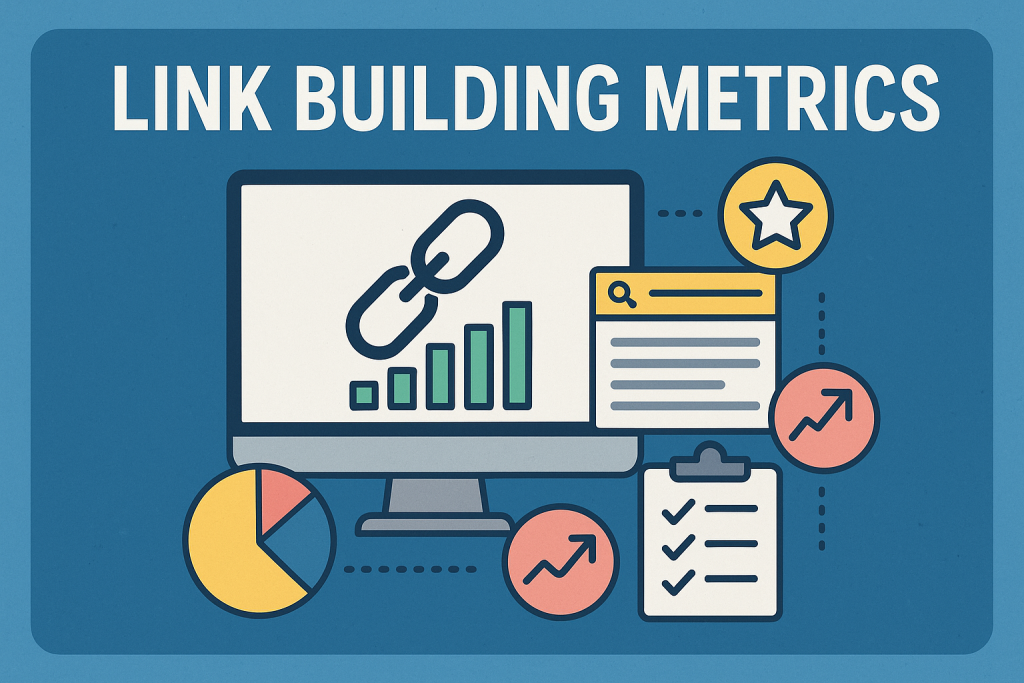
![How To Automate Backlink Reporting [2026 Guide]](https://backlinkmanagement.io/wp-content/uploads/2025/12/How-To-Automate-Backlink-Reporting.jpg)
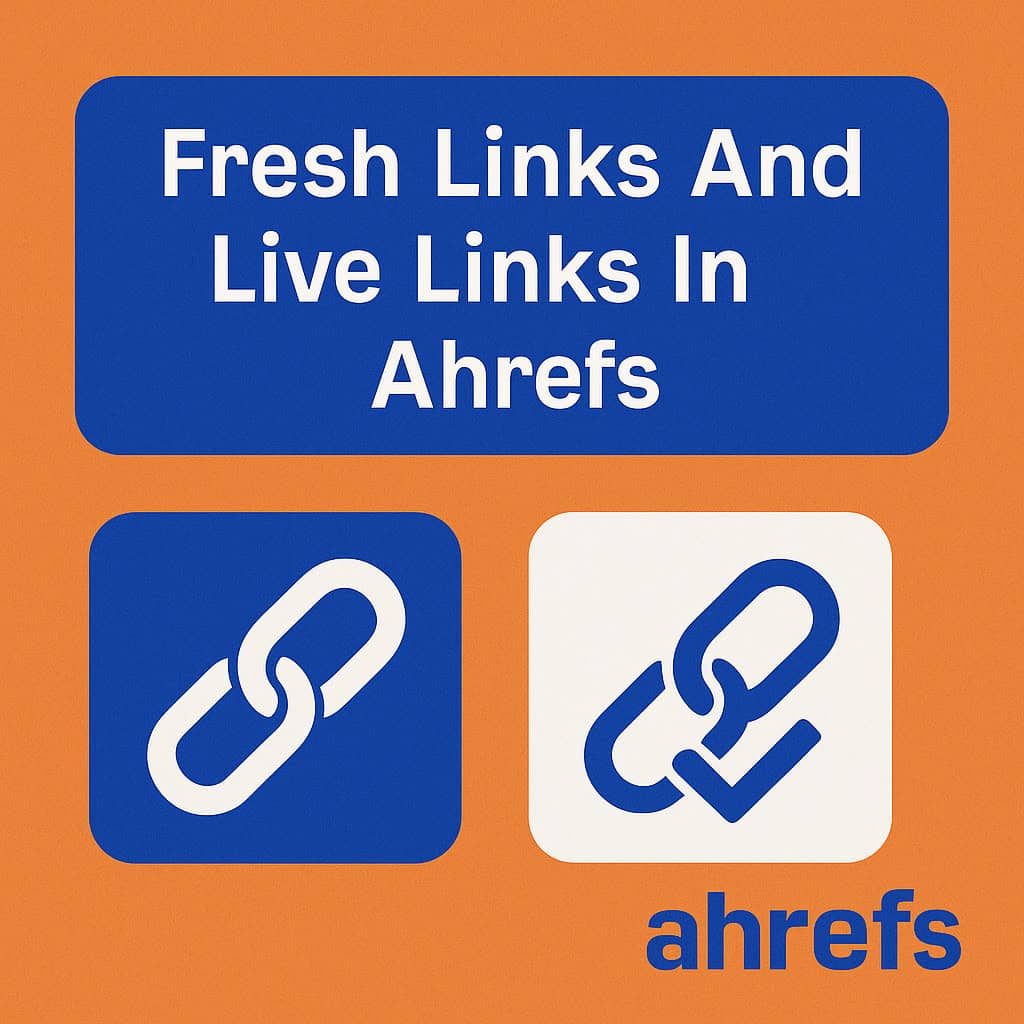

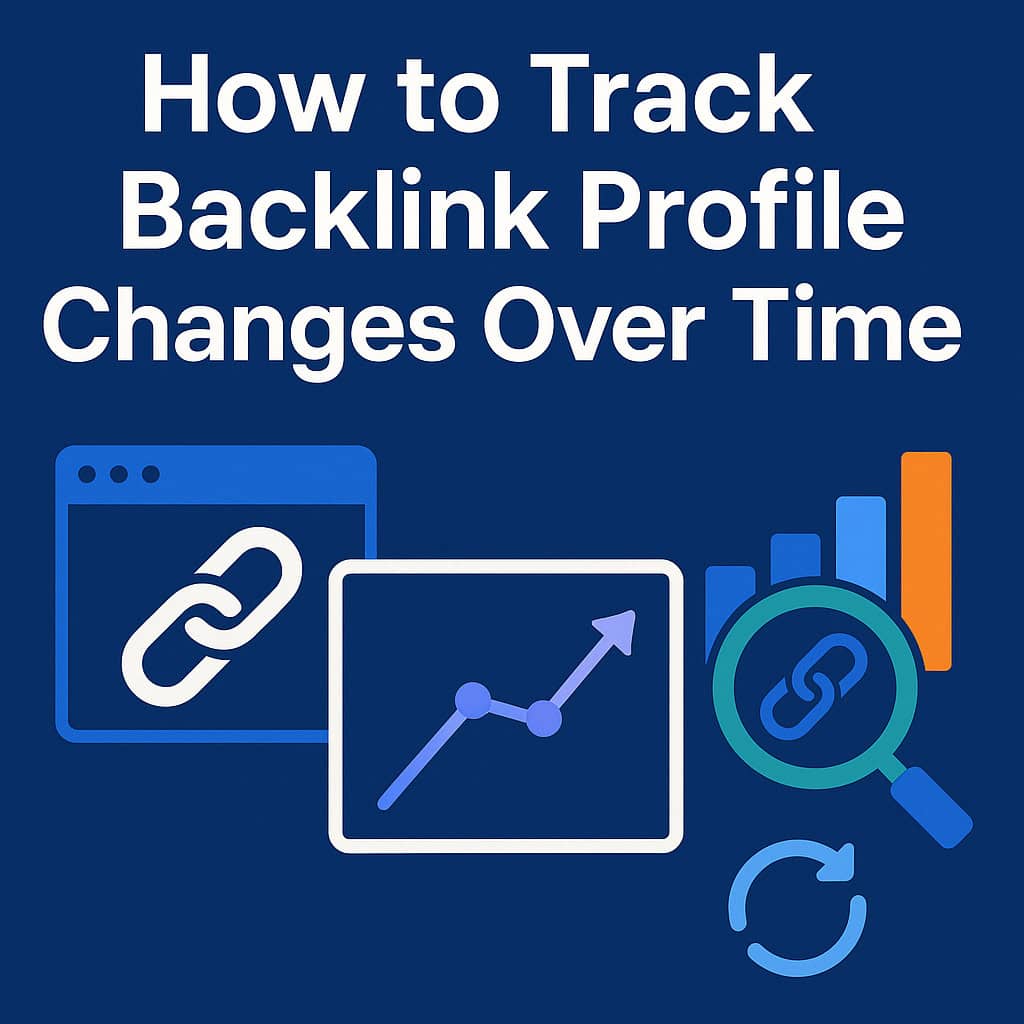
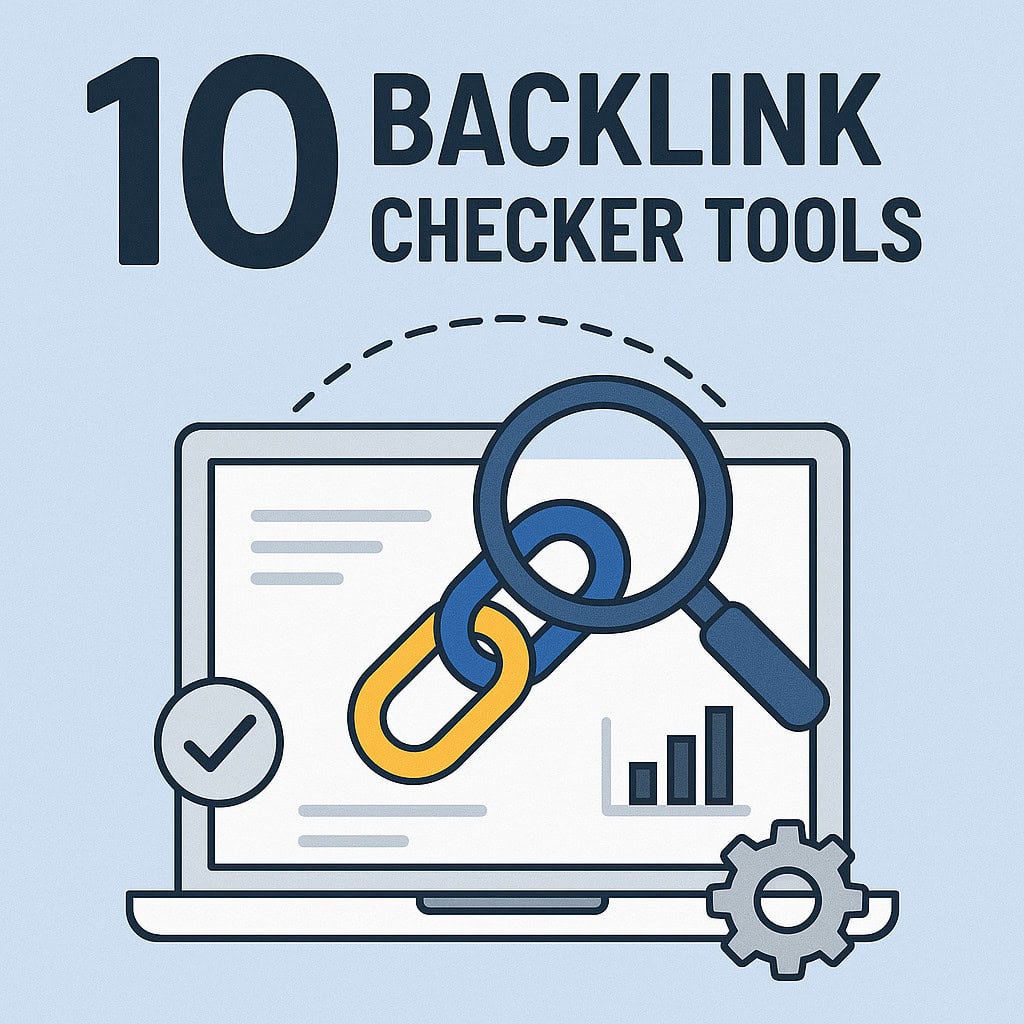

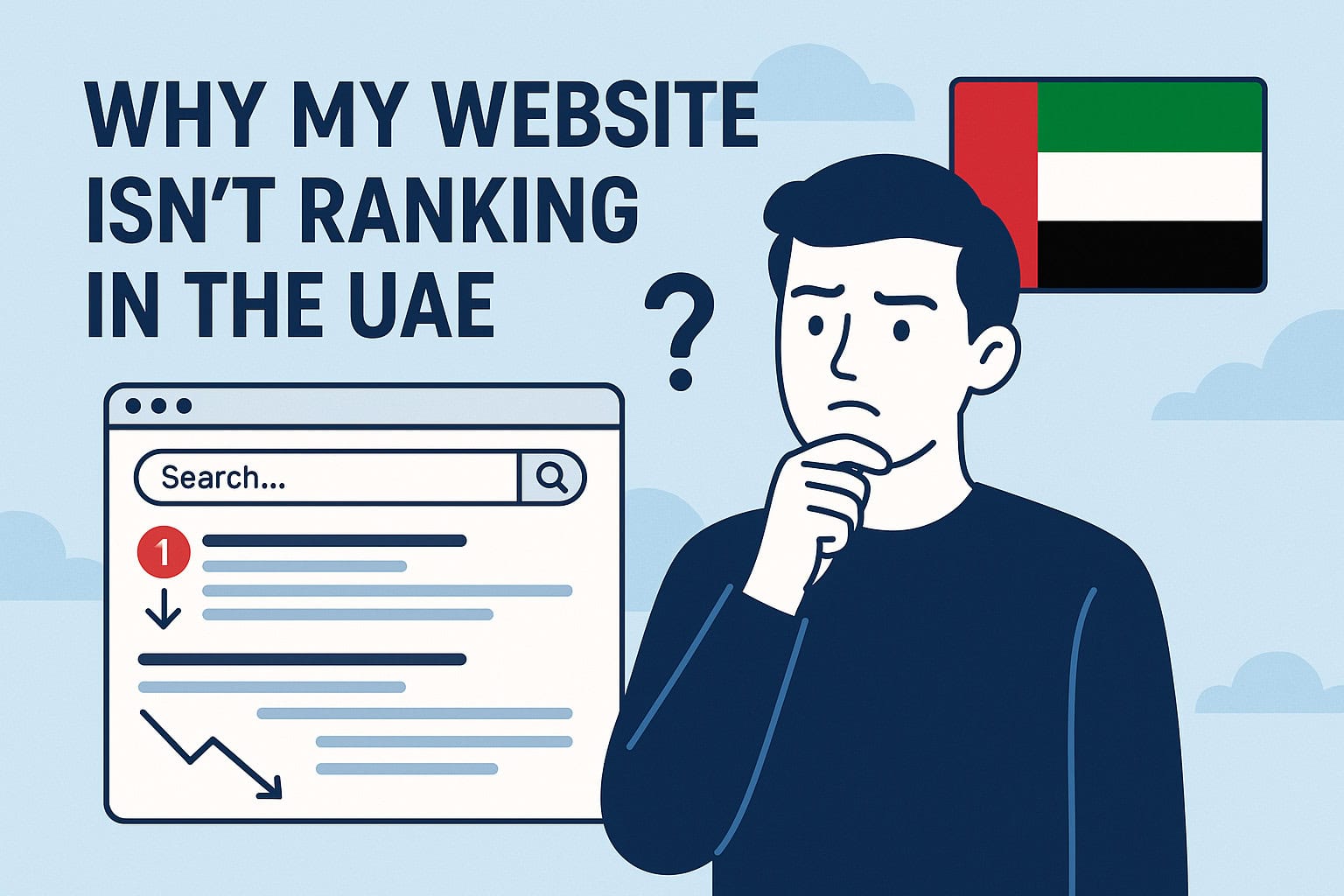
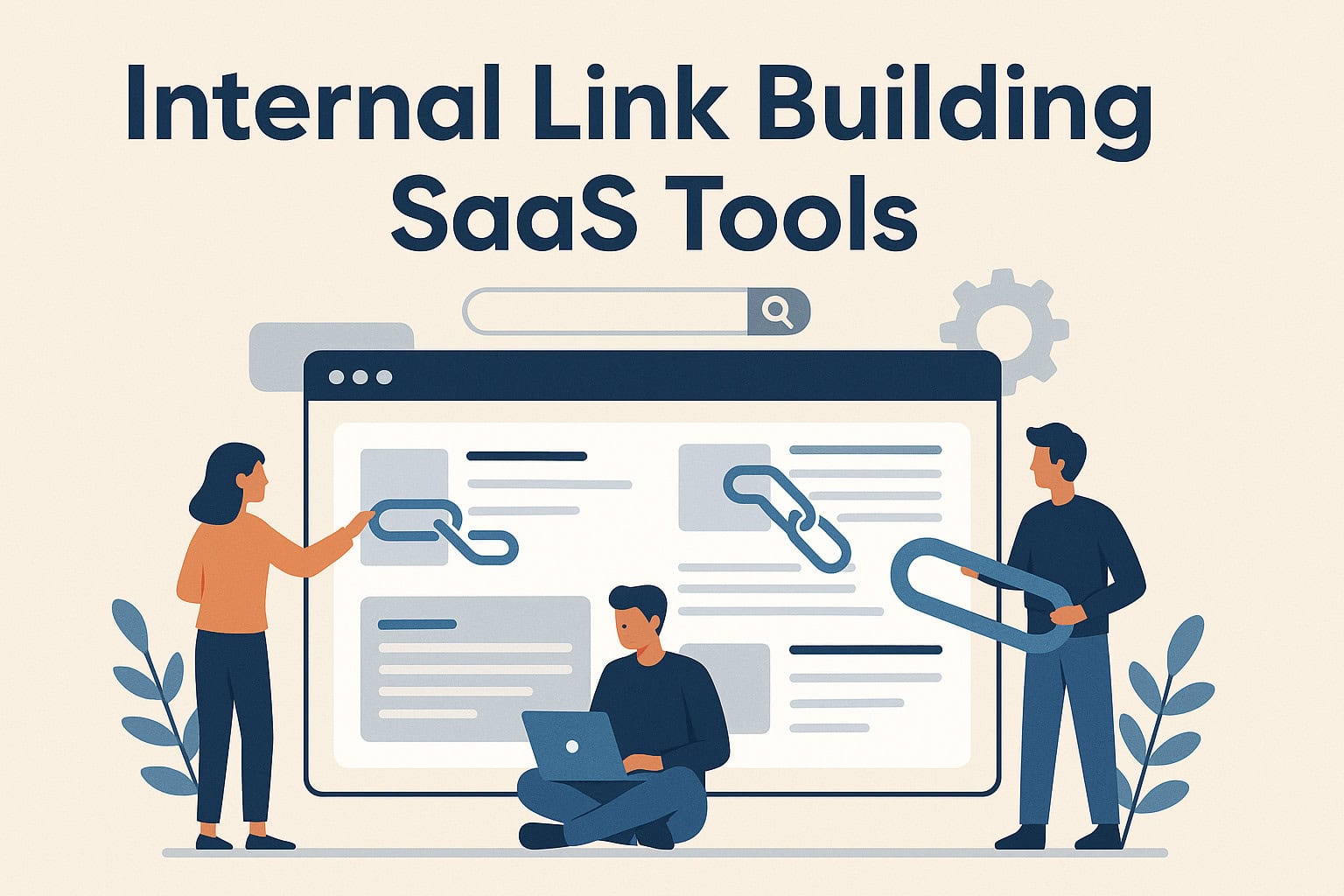

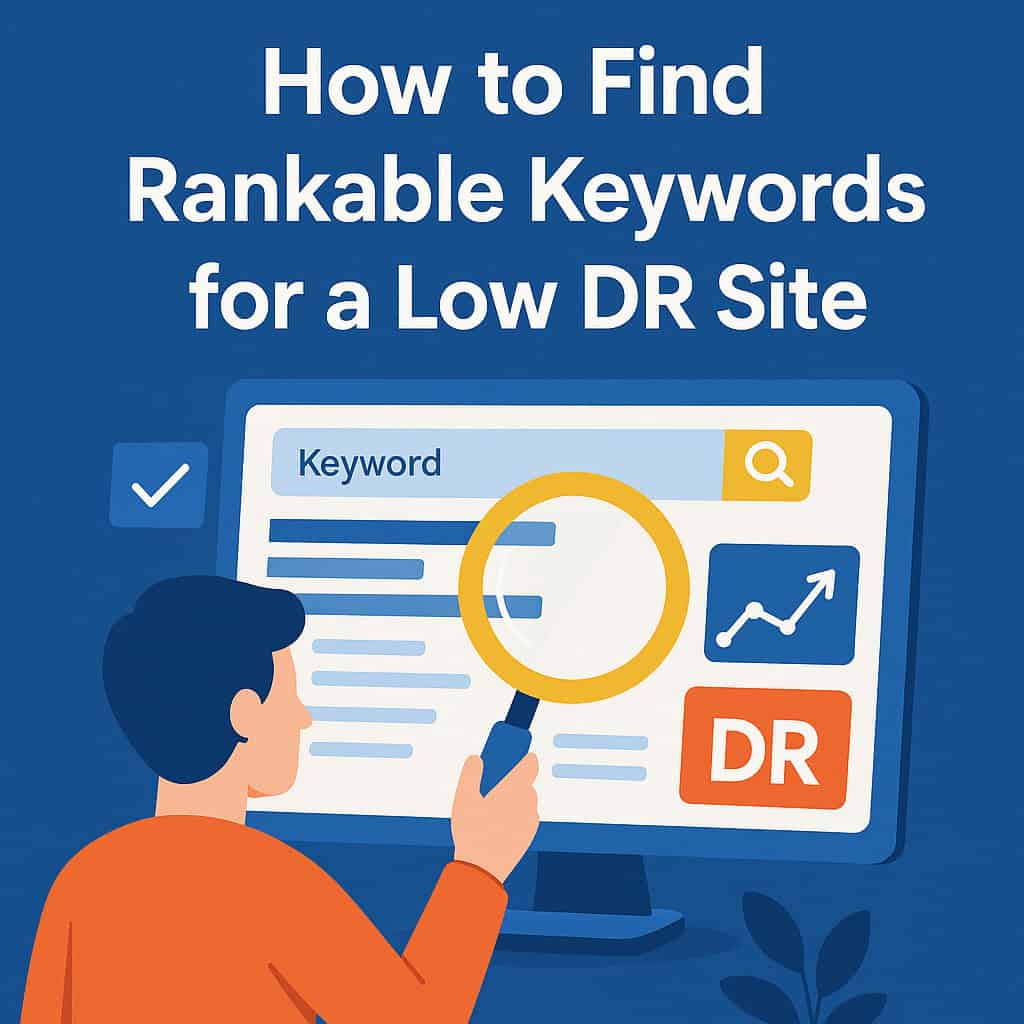
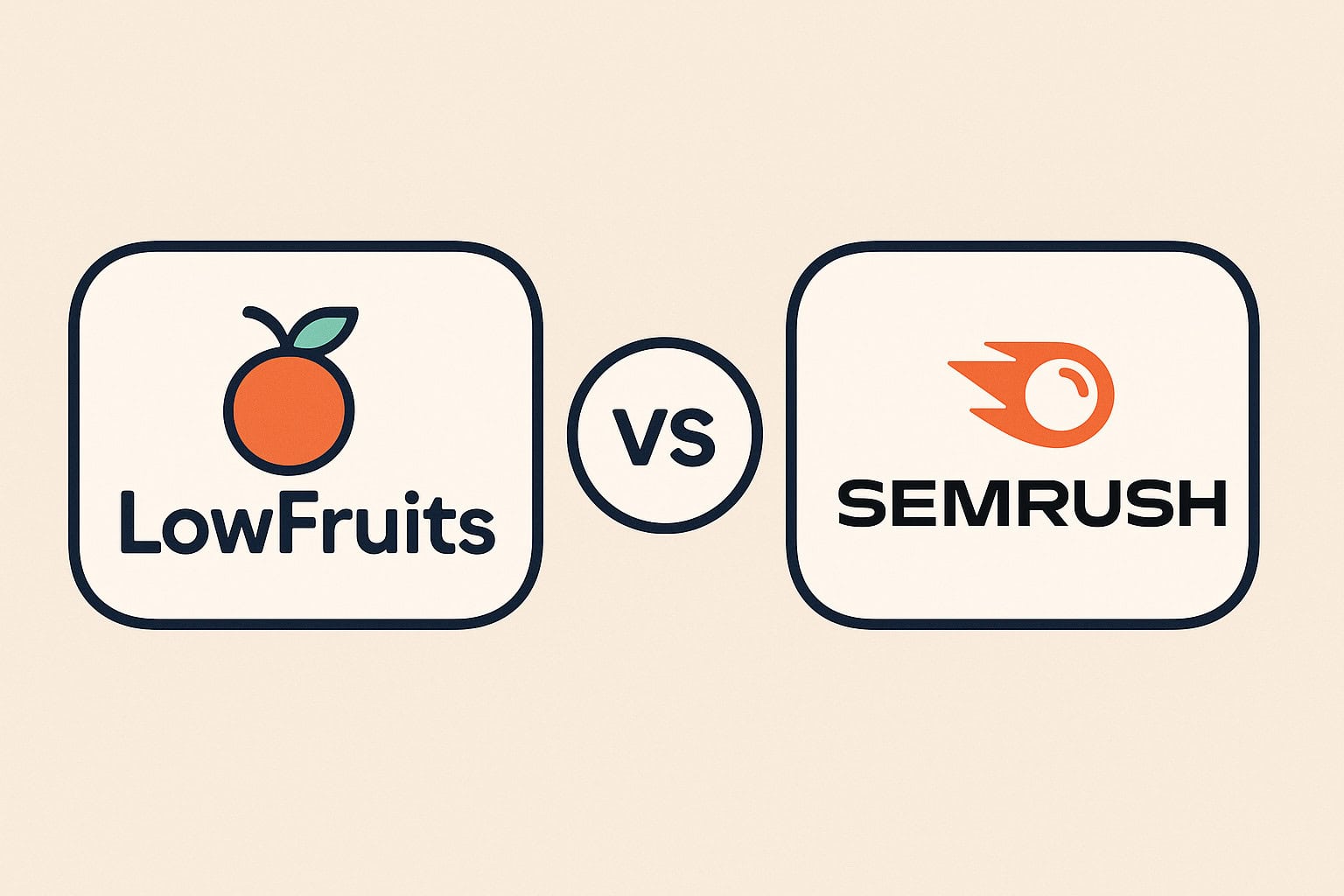
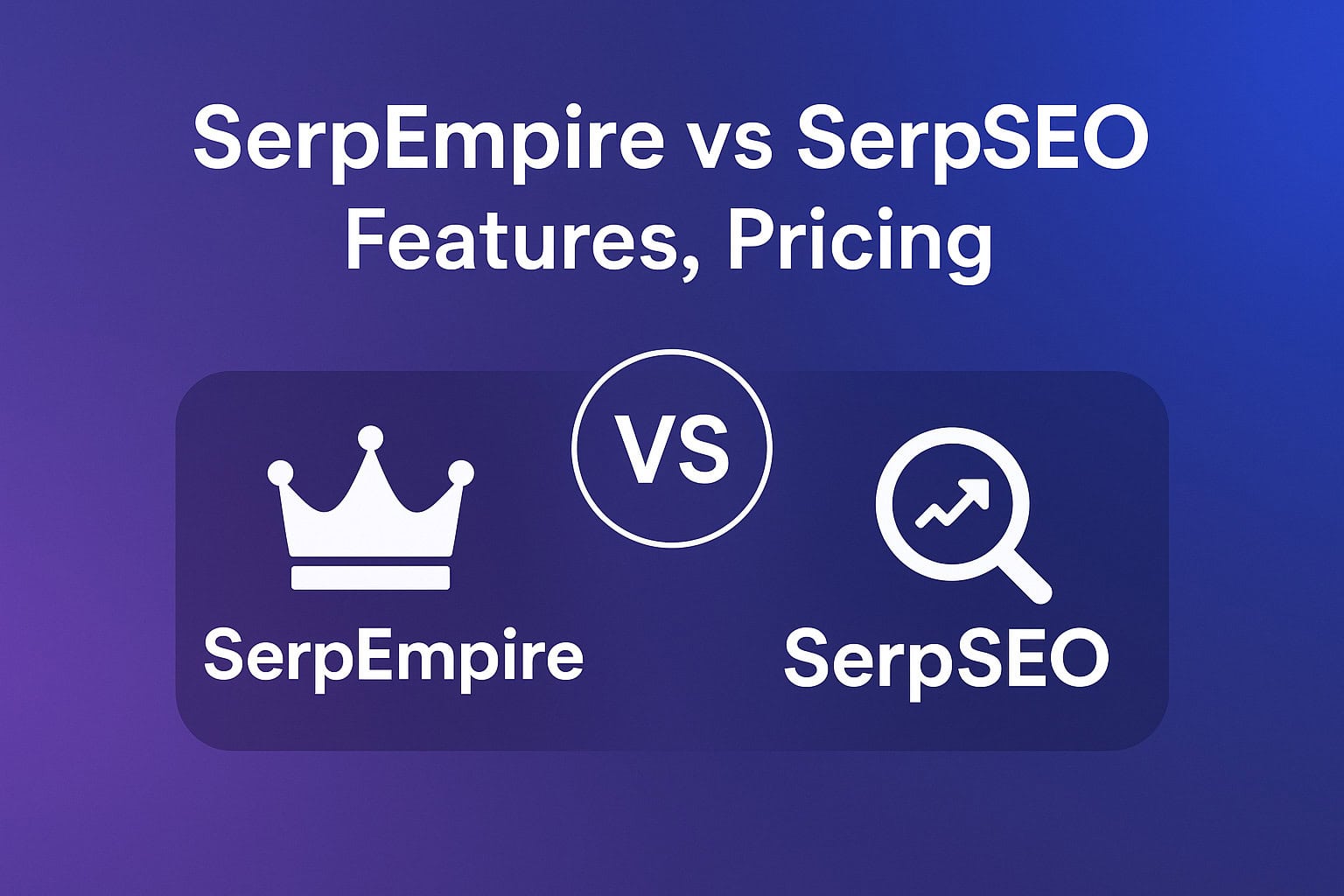
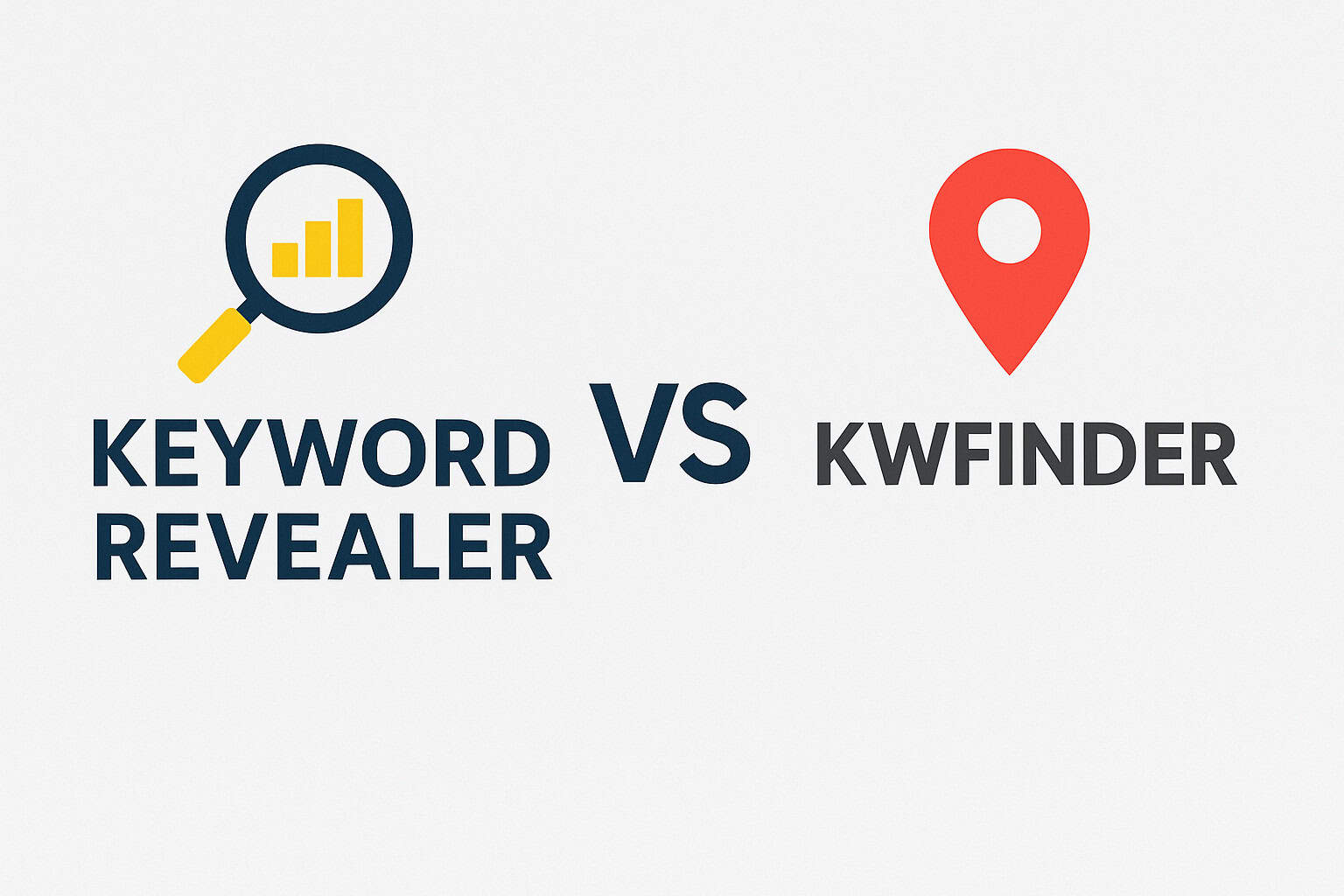


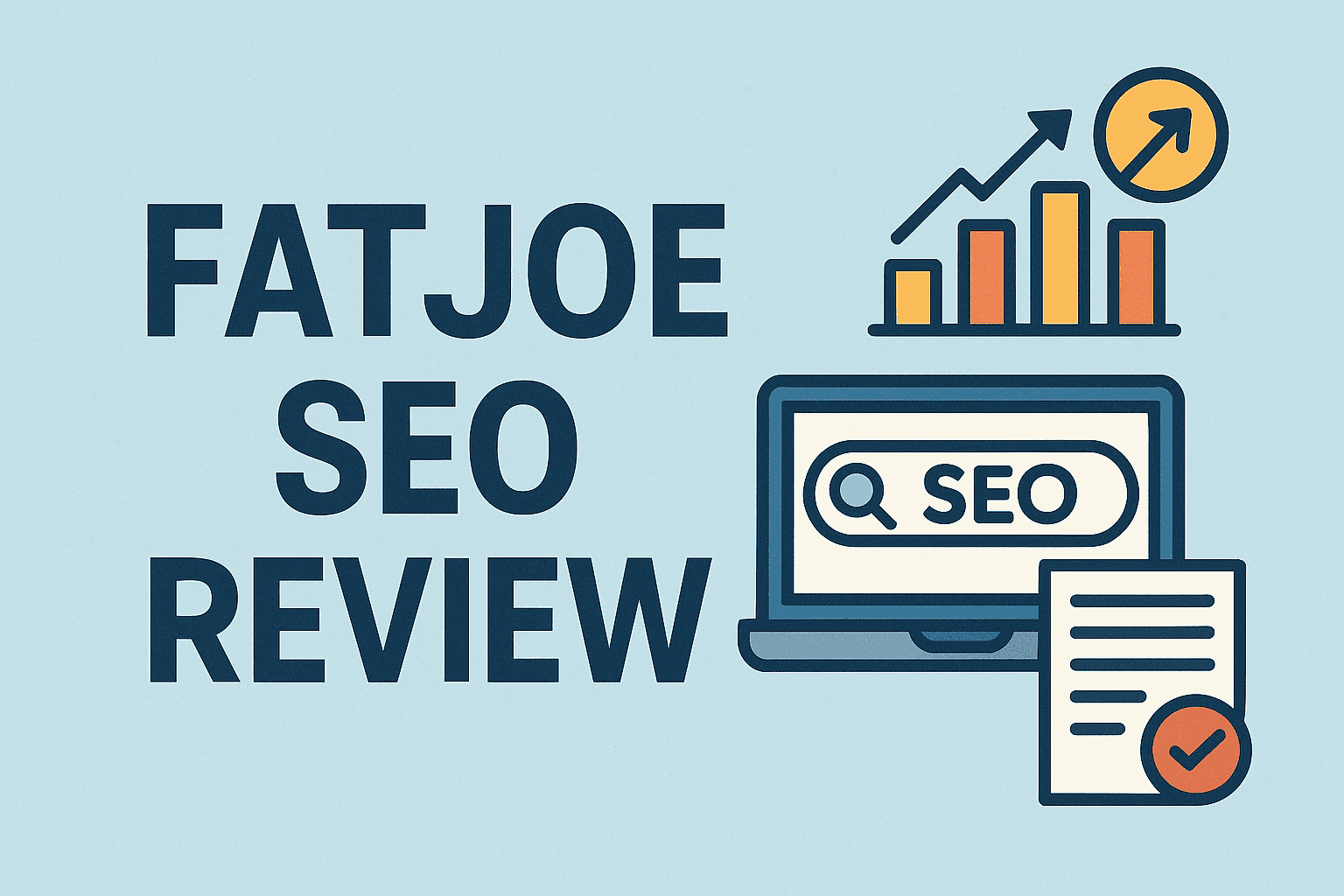
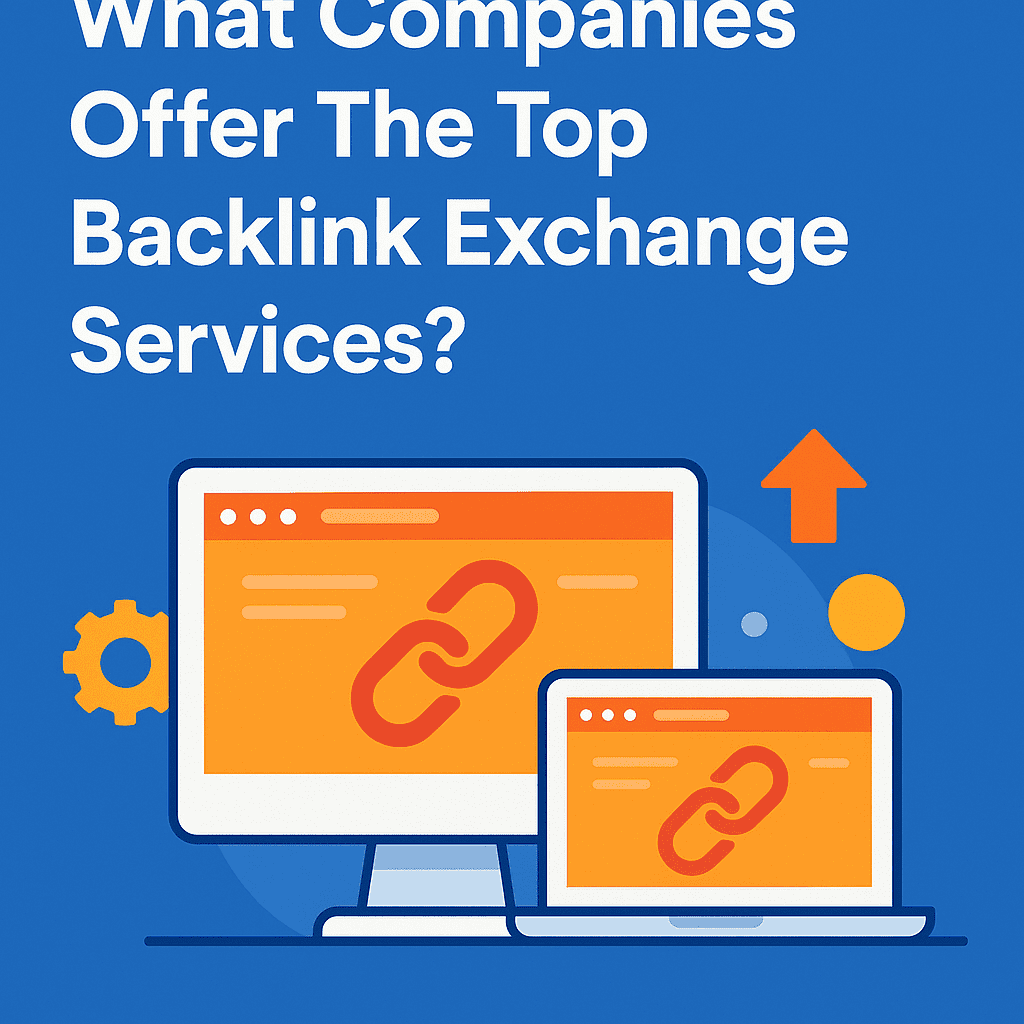
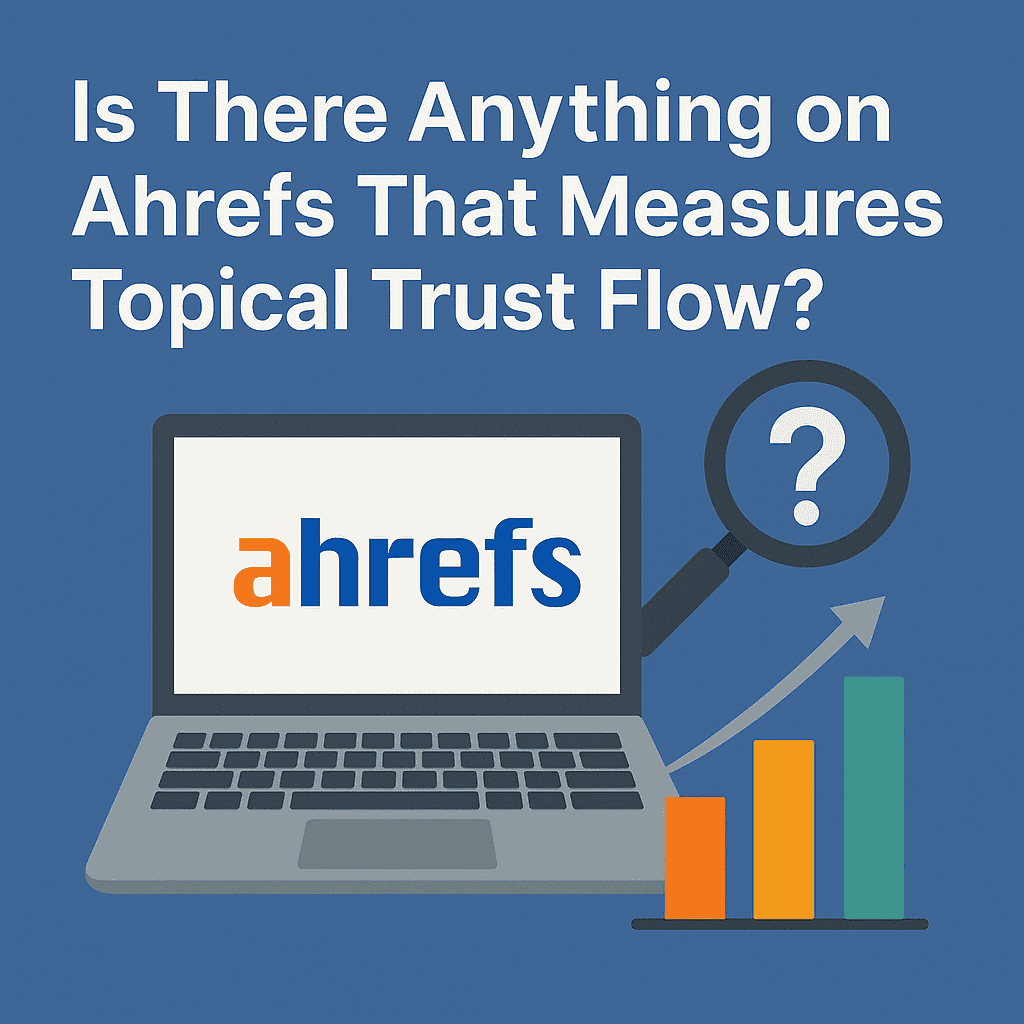
![Longtail Pro Moz or Majestic [Full Breakdown]](https://backlinkmanagement.io/wp-content/uploads/2025/11/ChatGPT-Image-Nov-14-2025-08_30_38-AM.png)


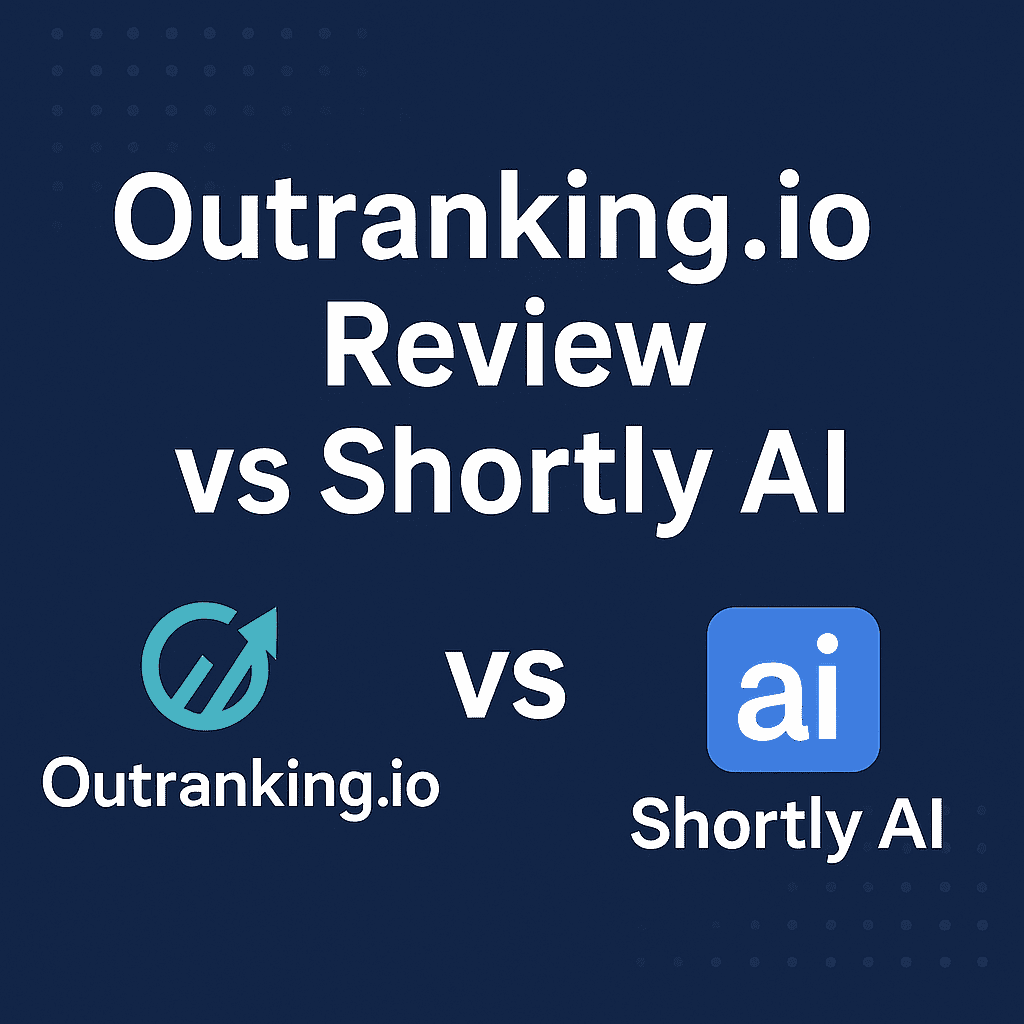
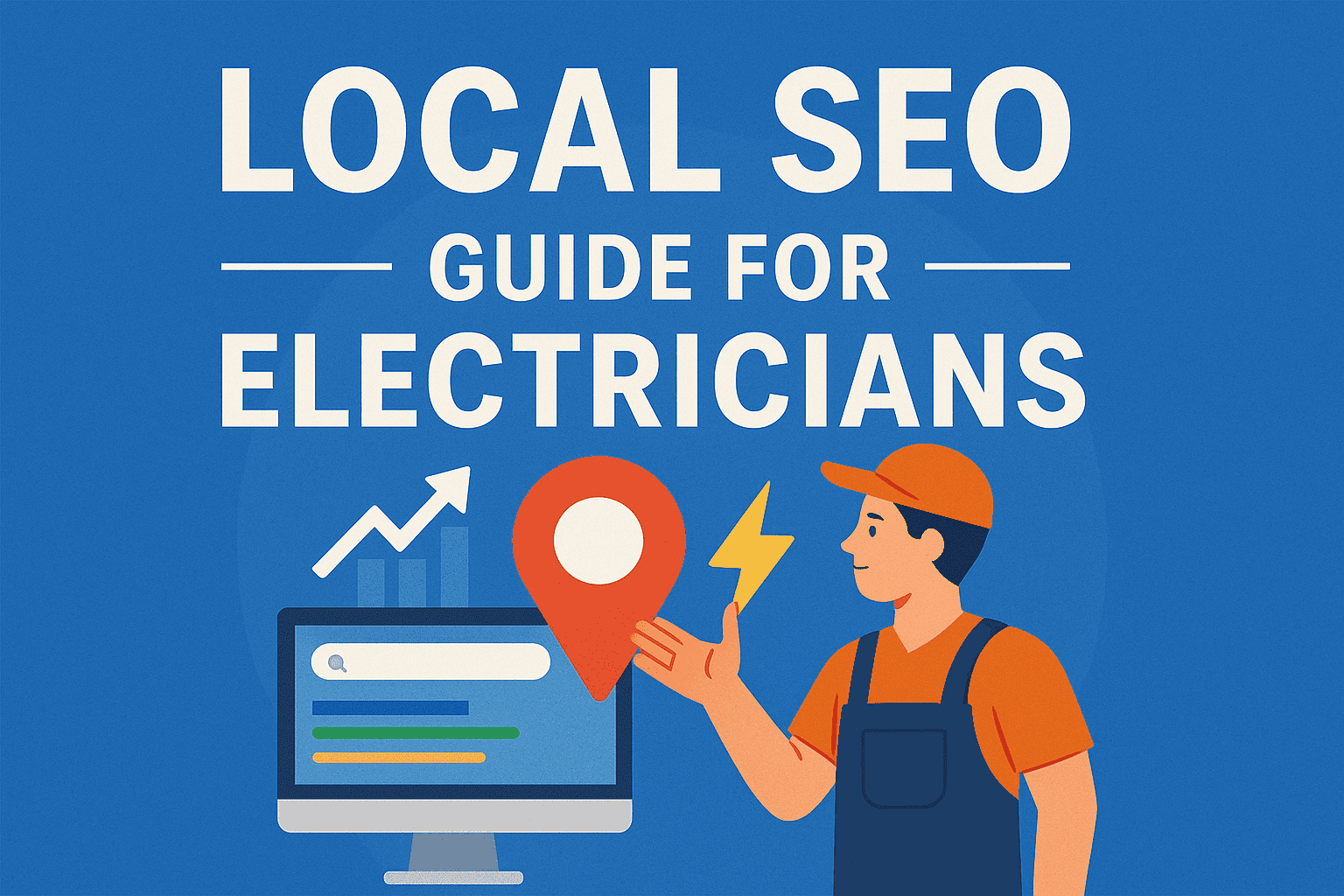
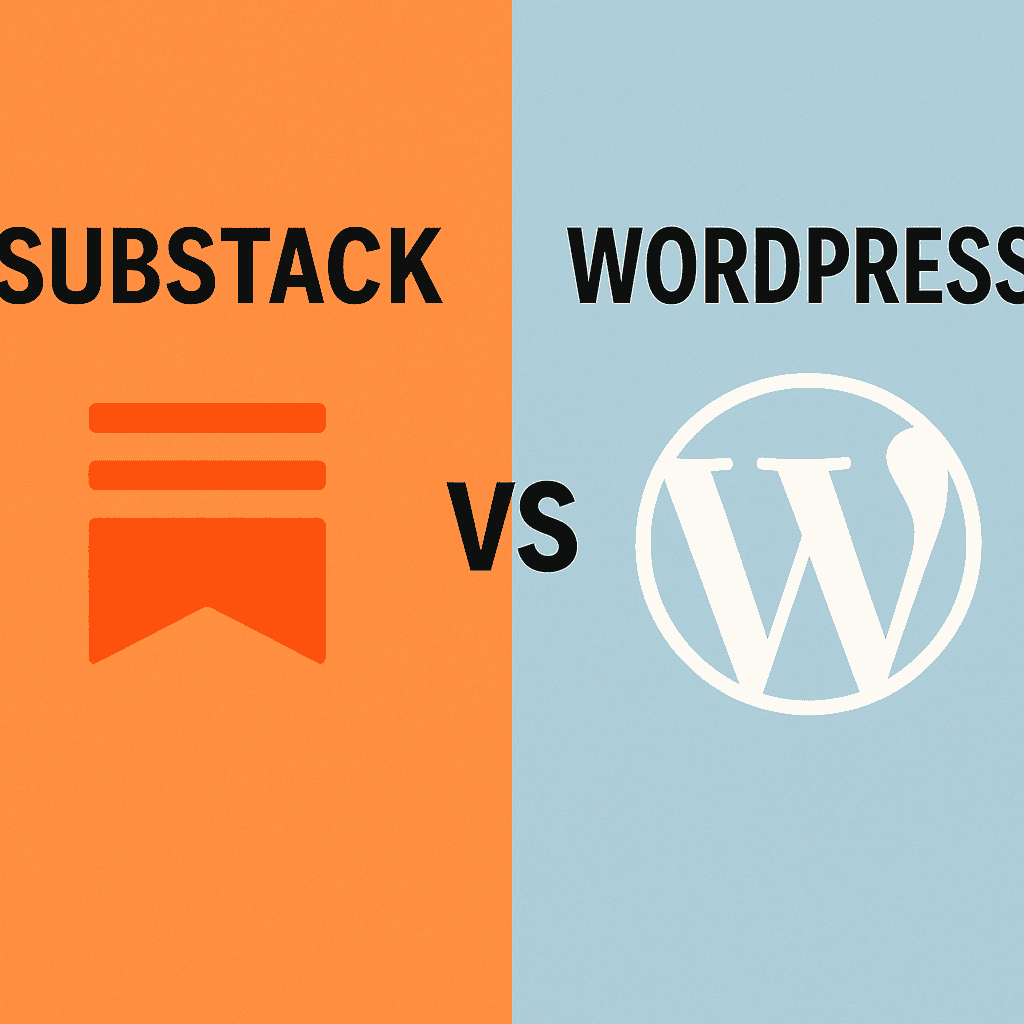

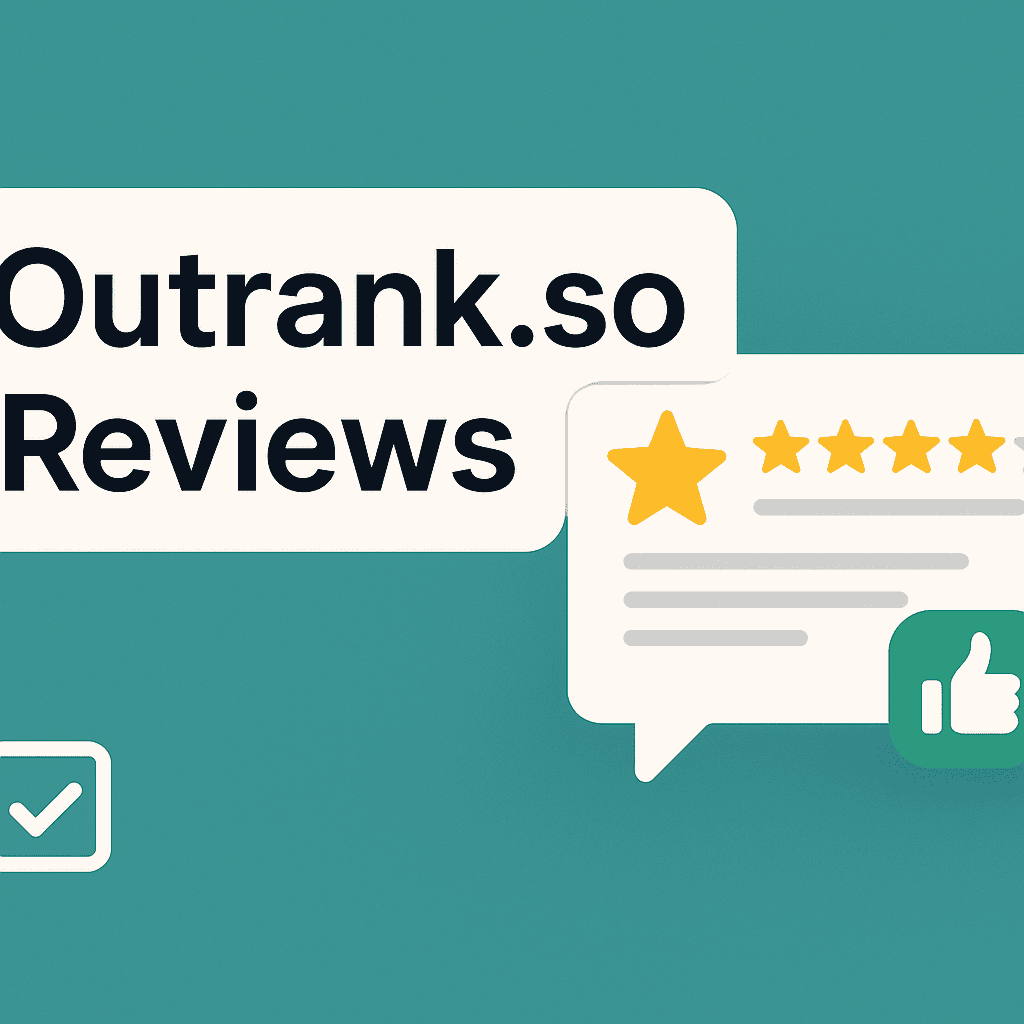



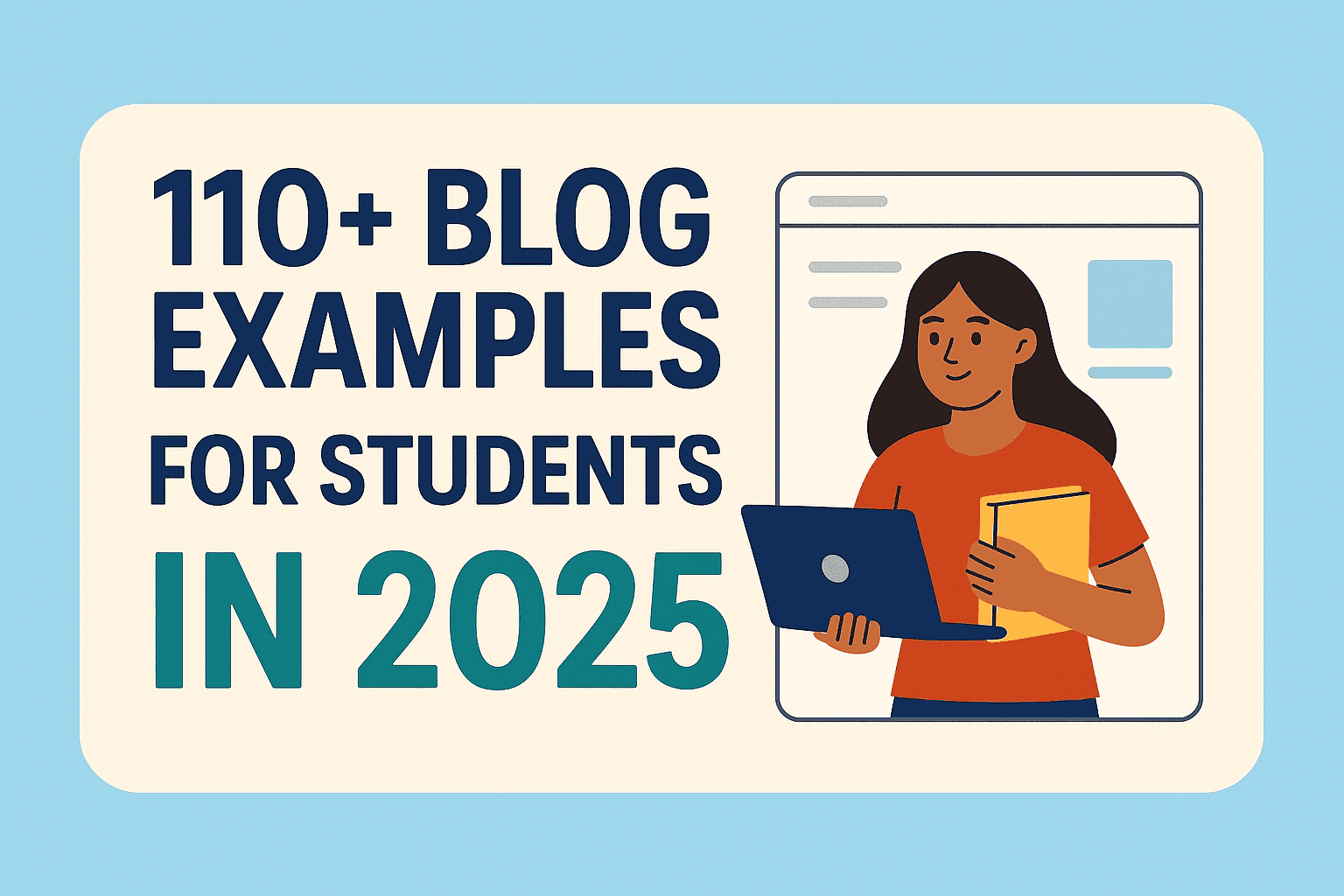

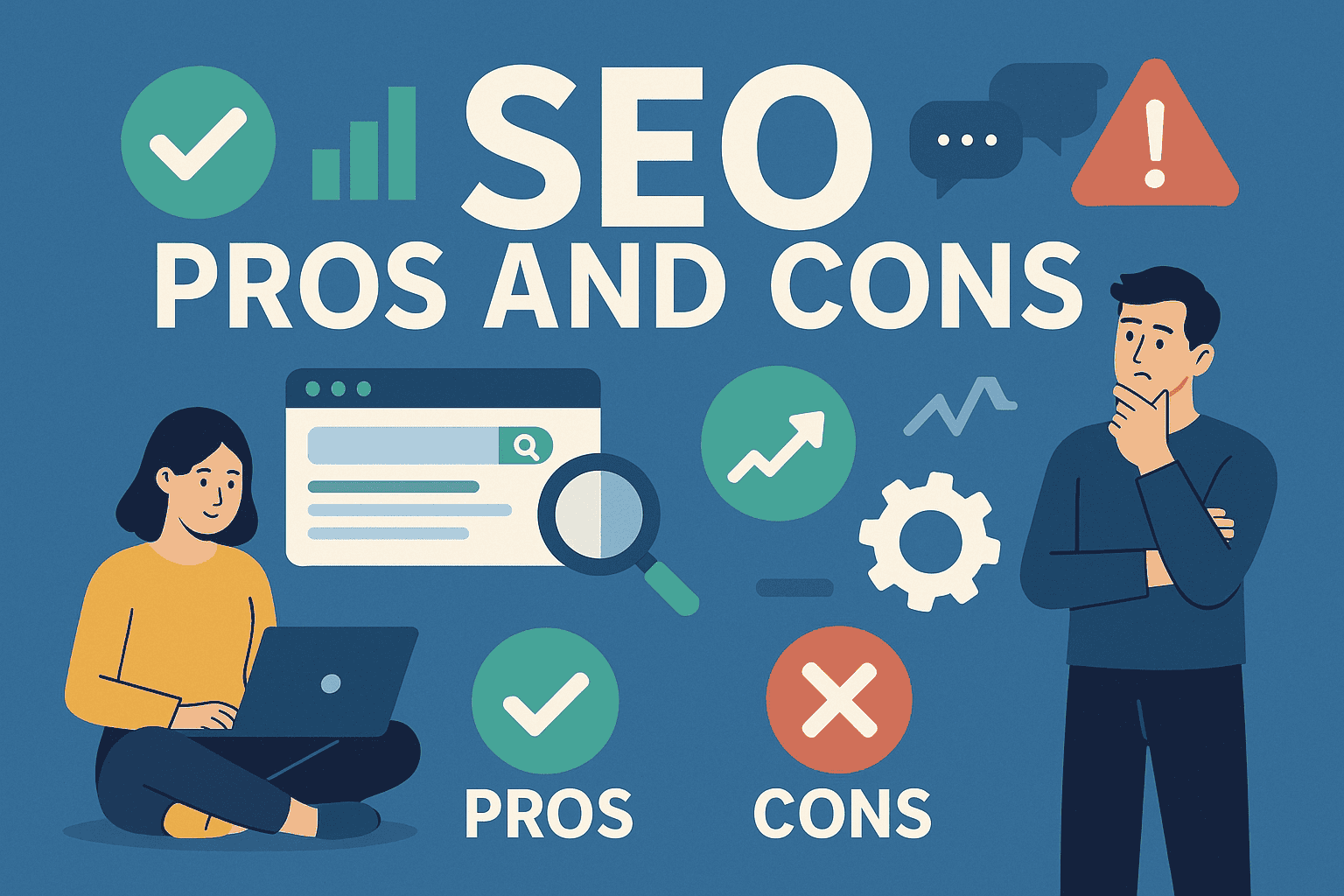





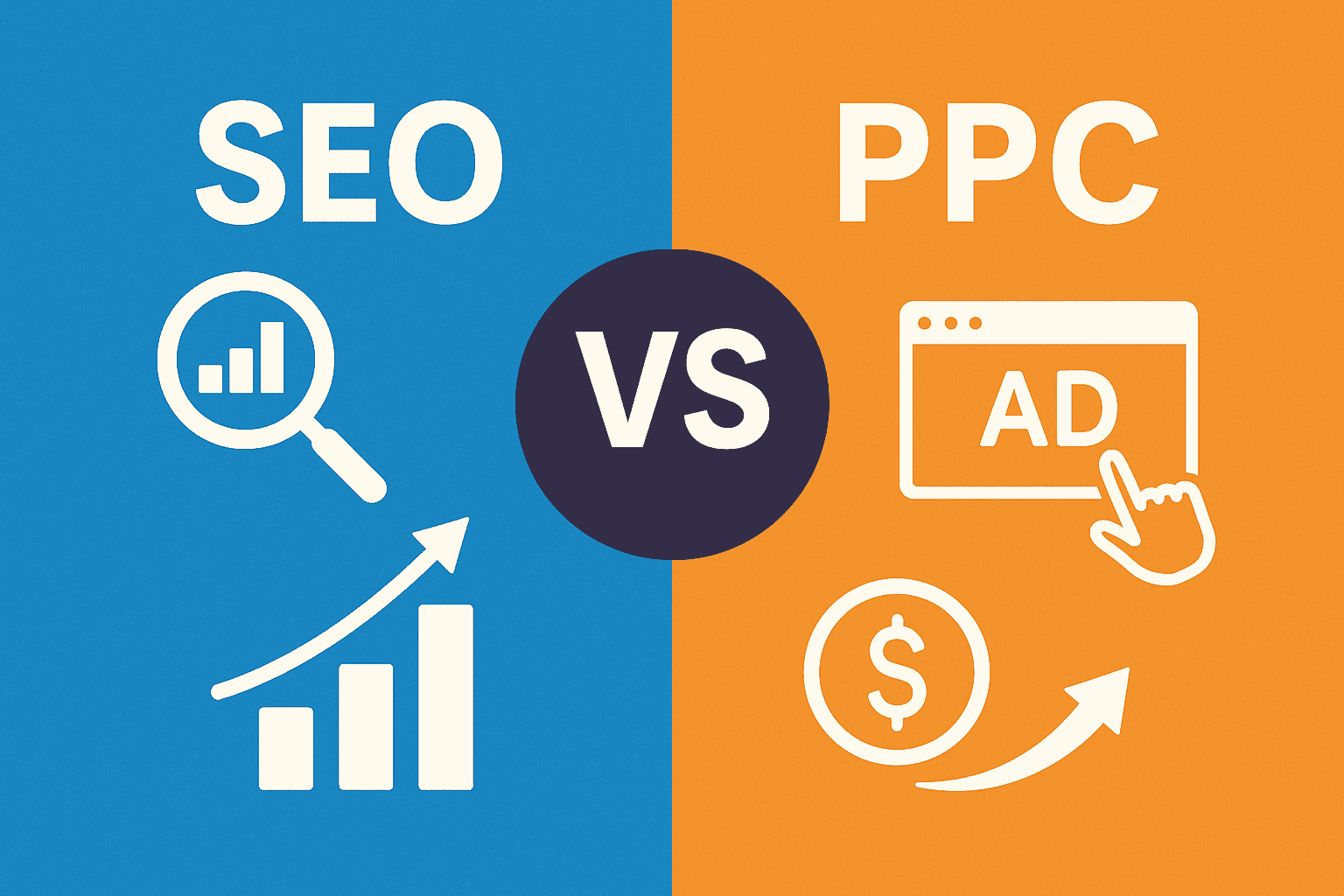




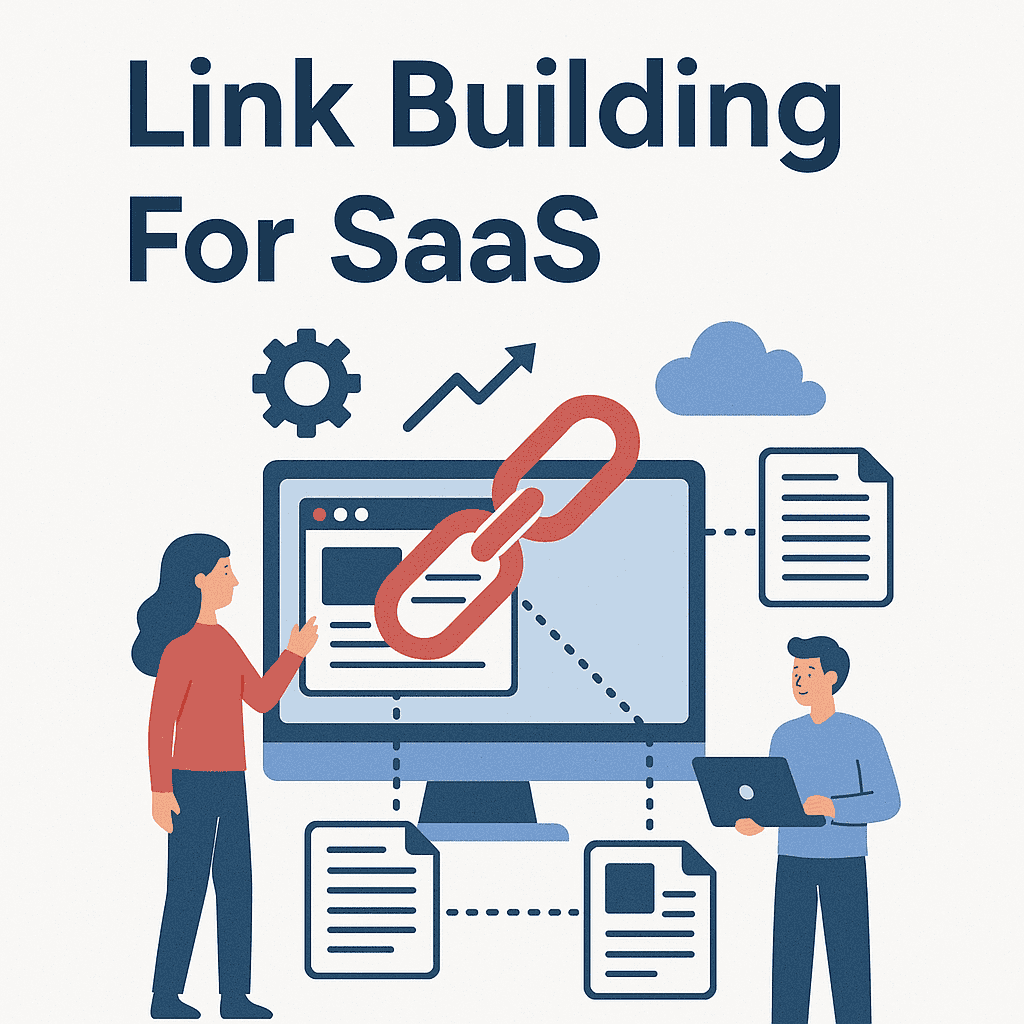
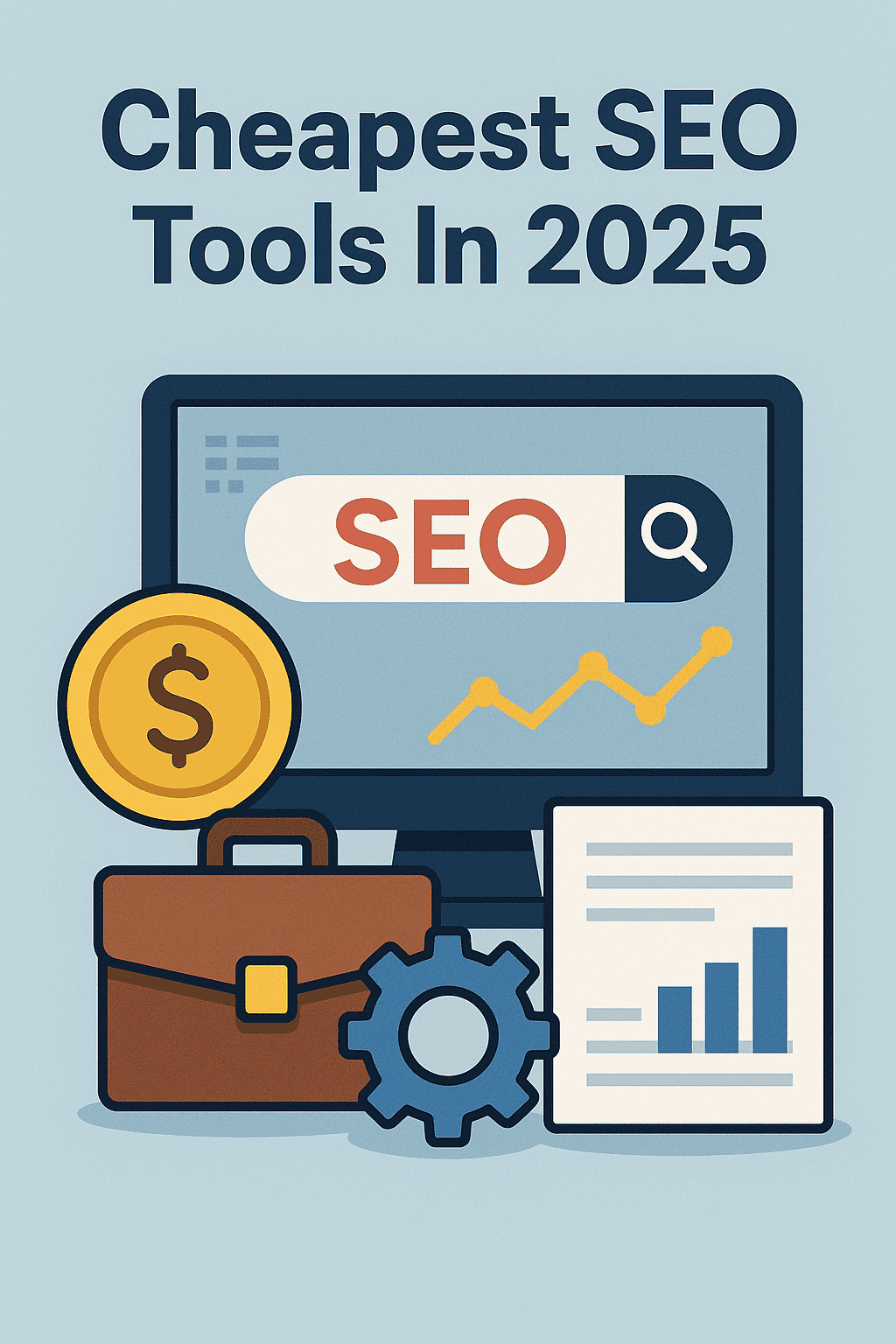







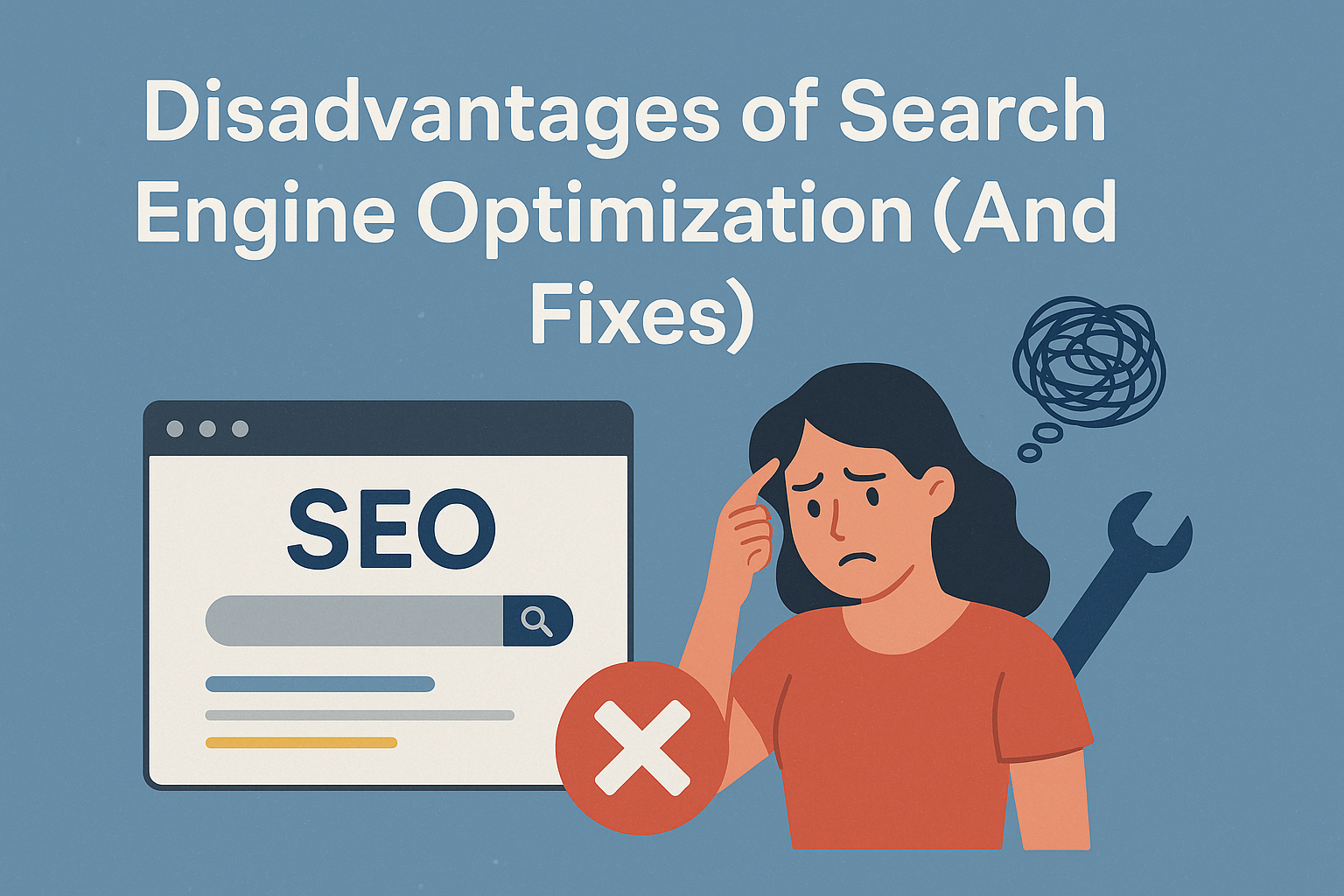

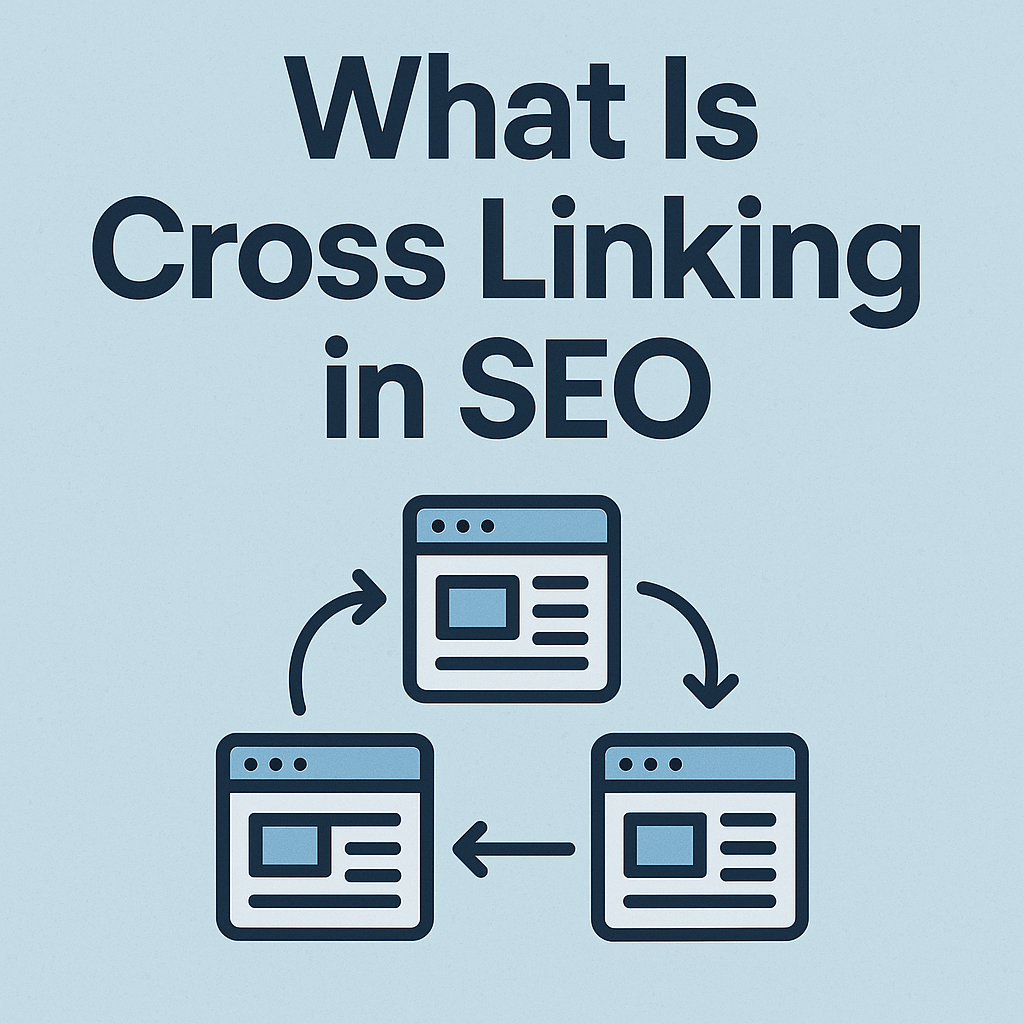

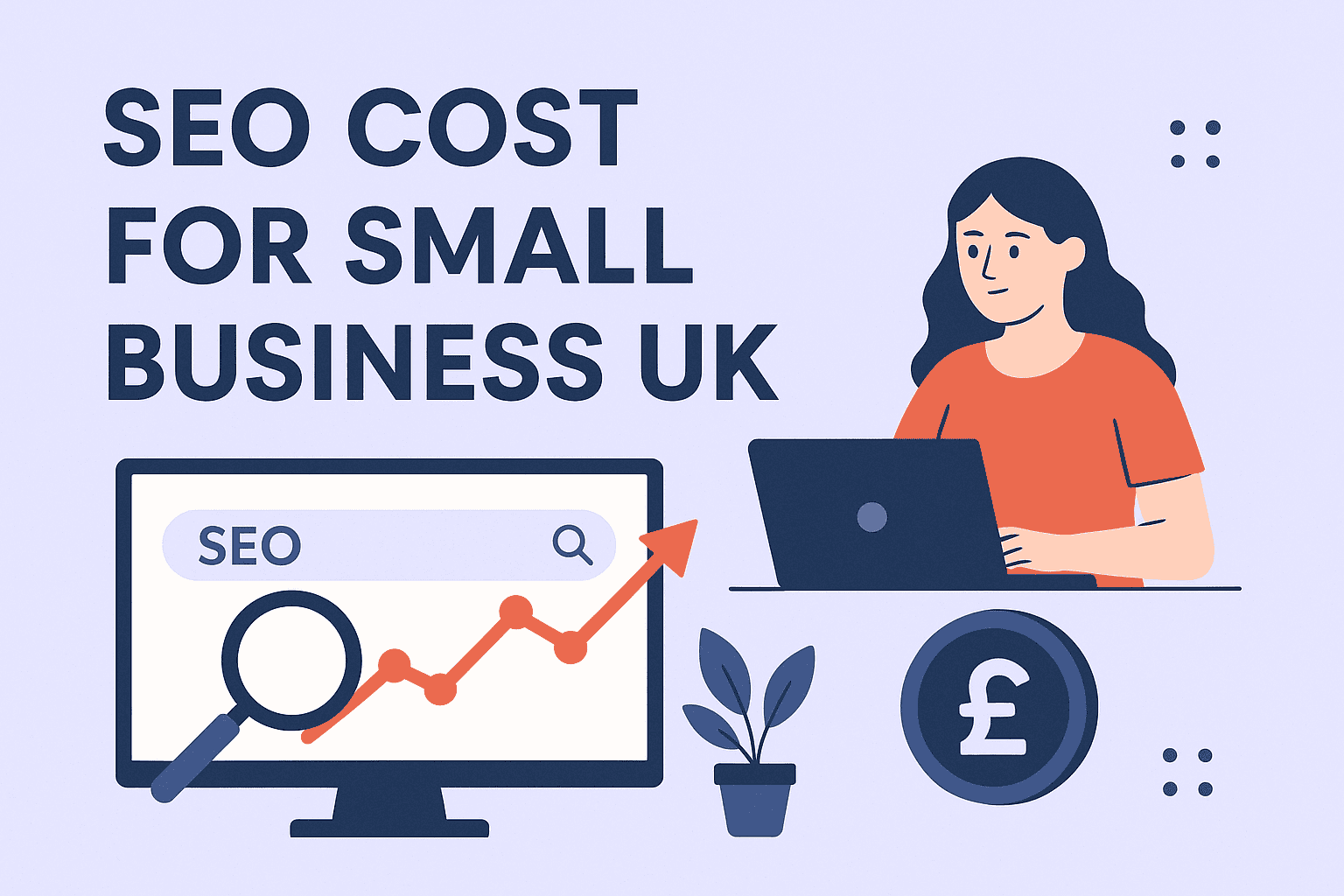

![How Many Outbound Links Per Blog [2025 Updated]](https://backlinkmanagement.io/wp-content/uploads/2025/06/How-Many-Outbound-Links-Per-Blog.png)
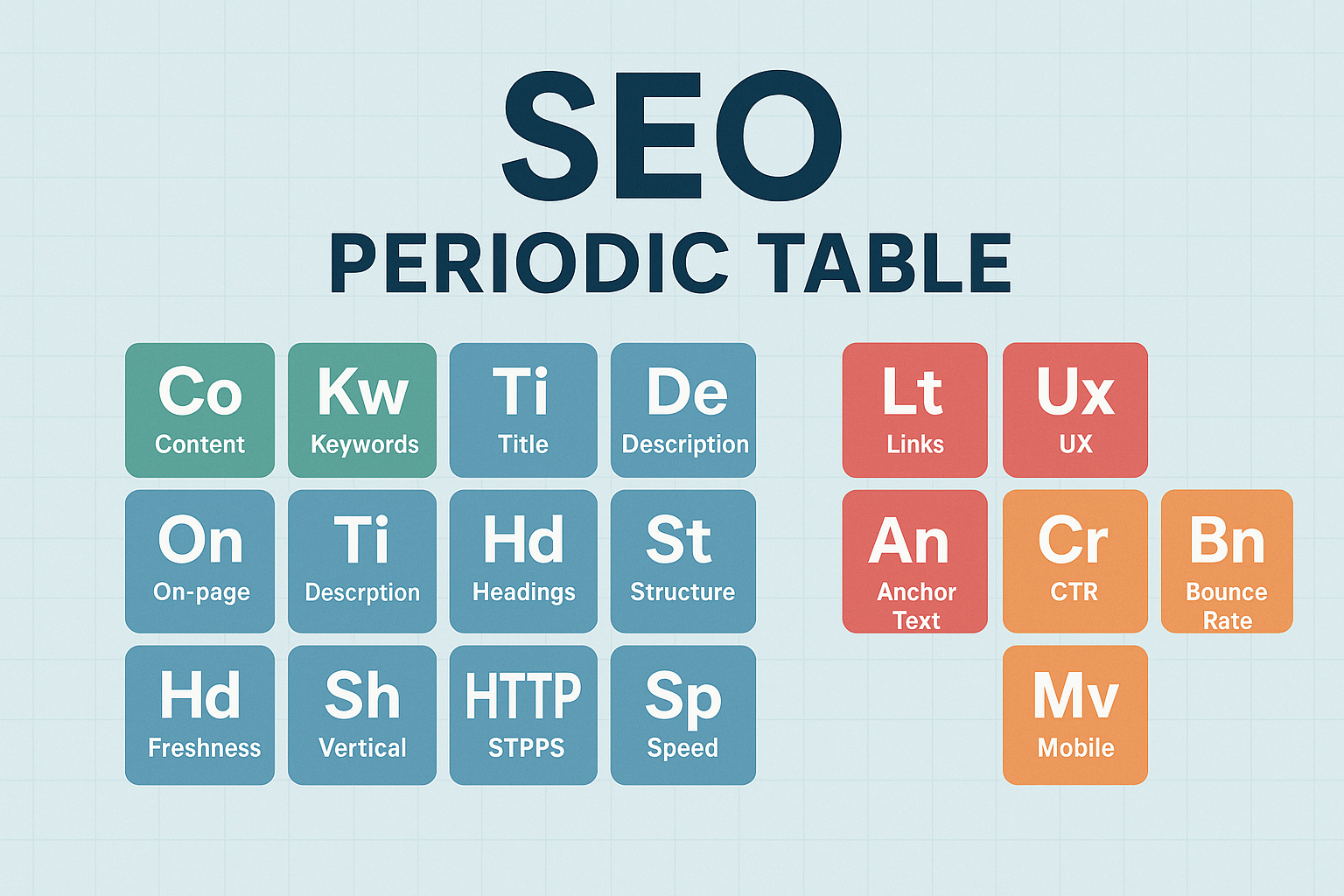

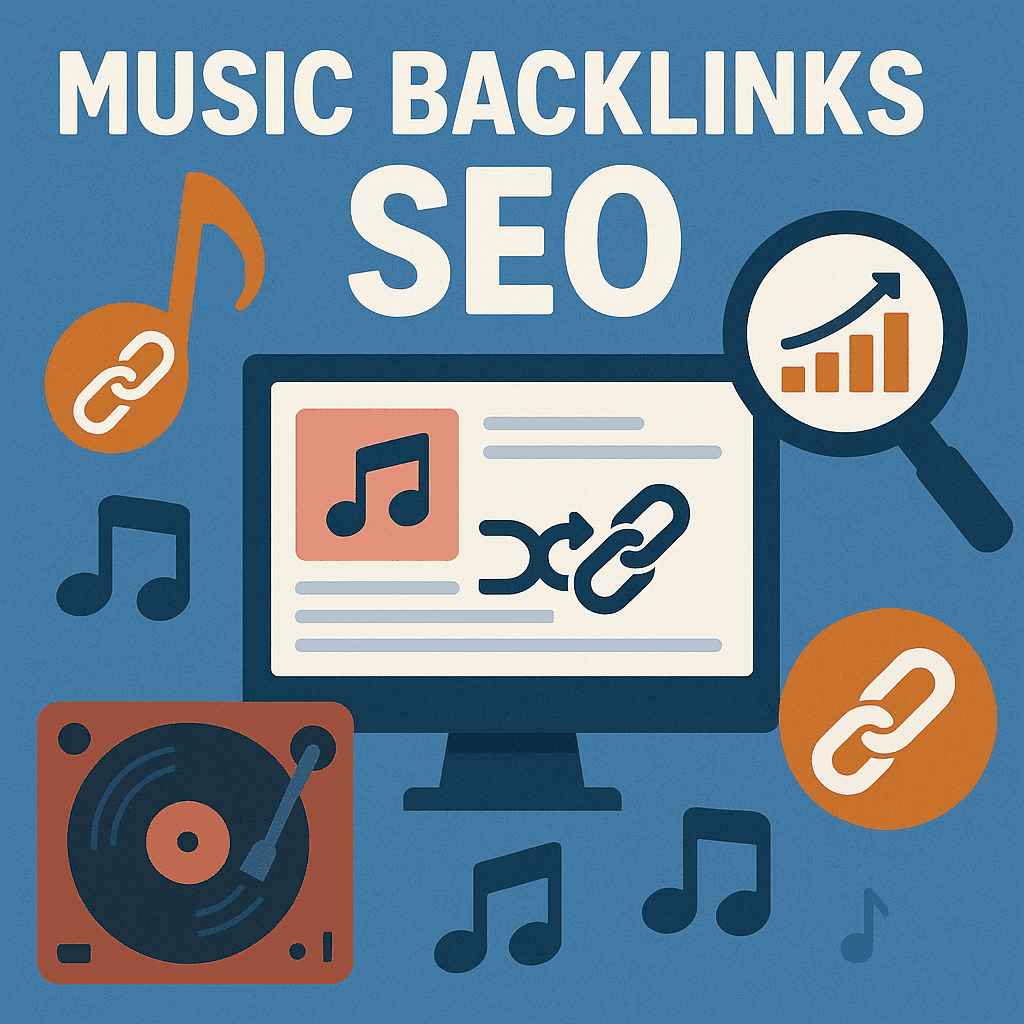
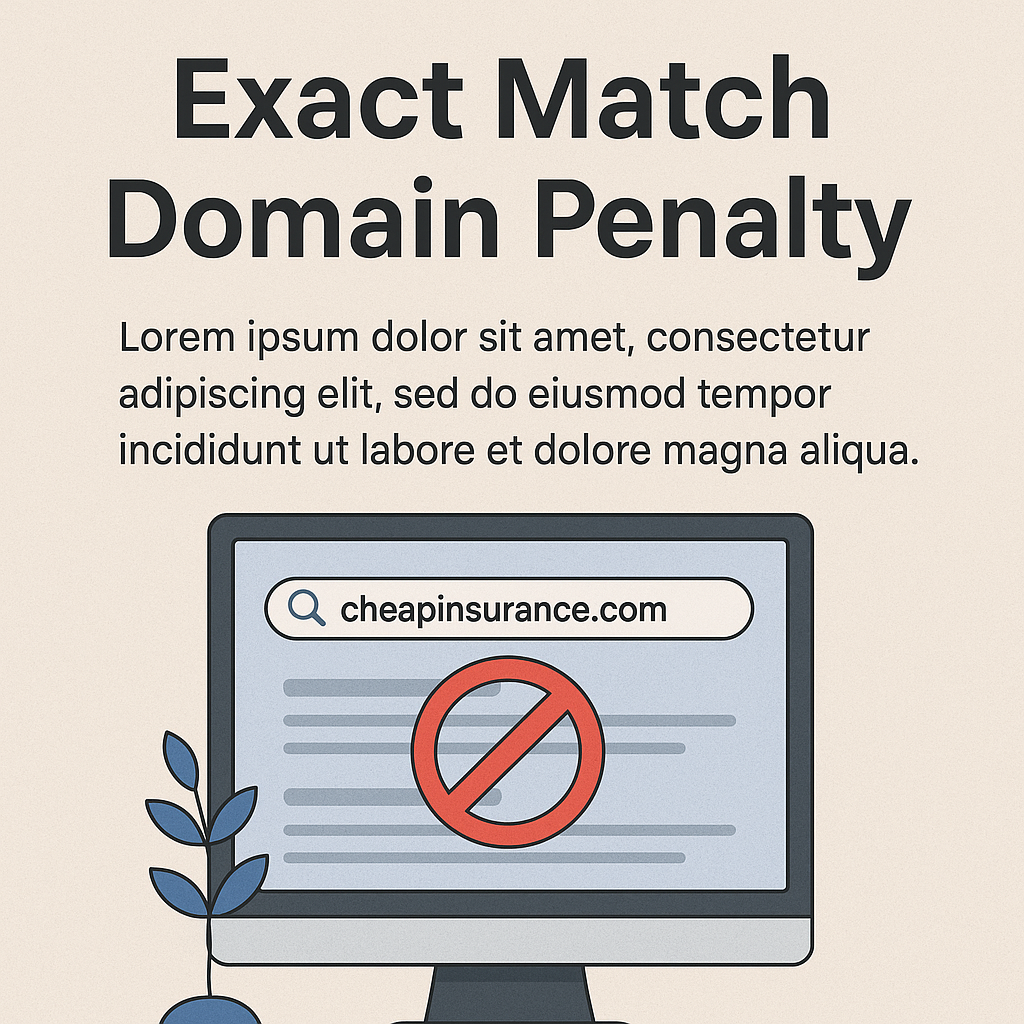
![B2B and B2C Website Examples [2025 Updated]](https://backlinkmanagement.io/wp-content/uploads/2025/05/B2B-and-B2C-Website-Example-.png)
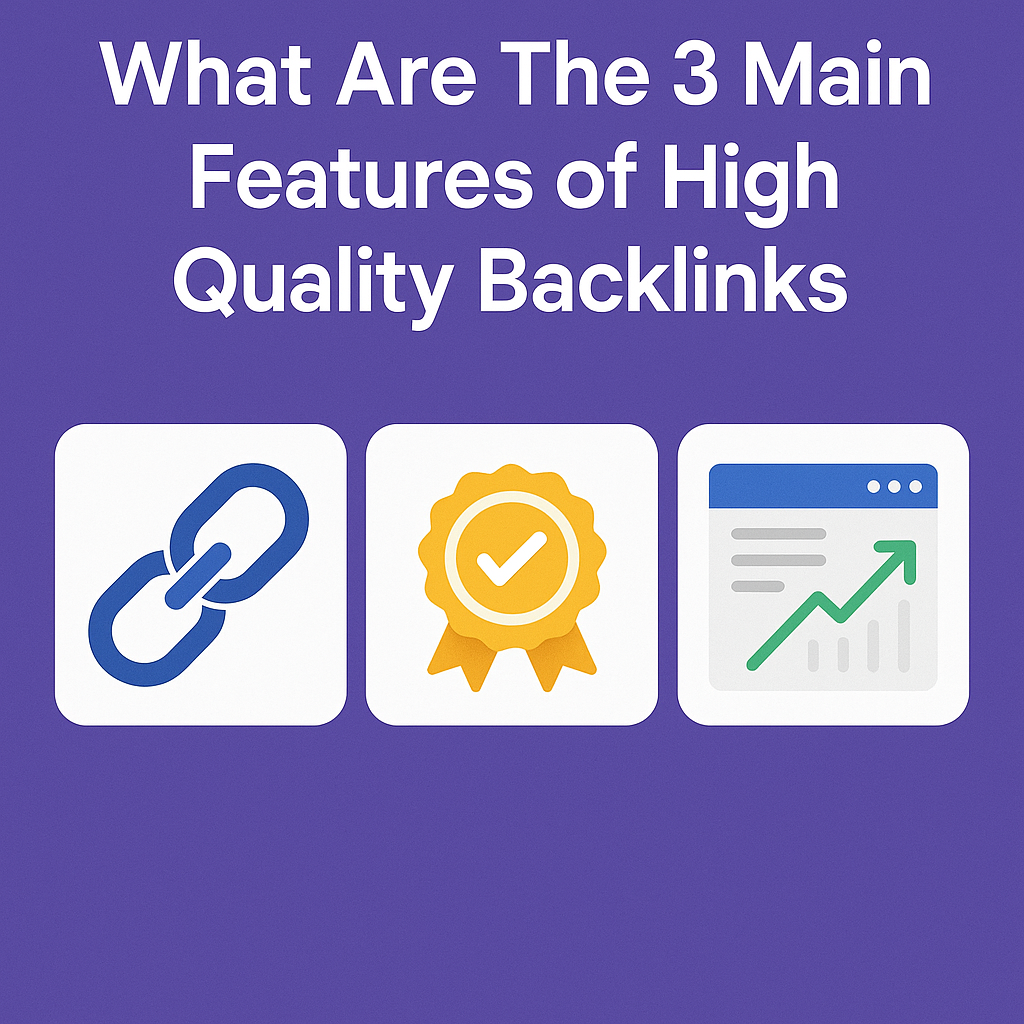
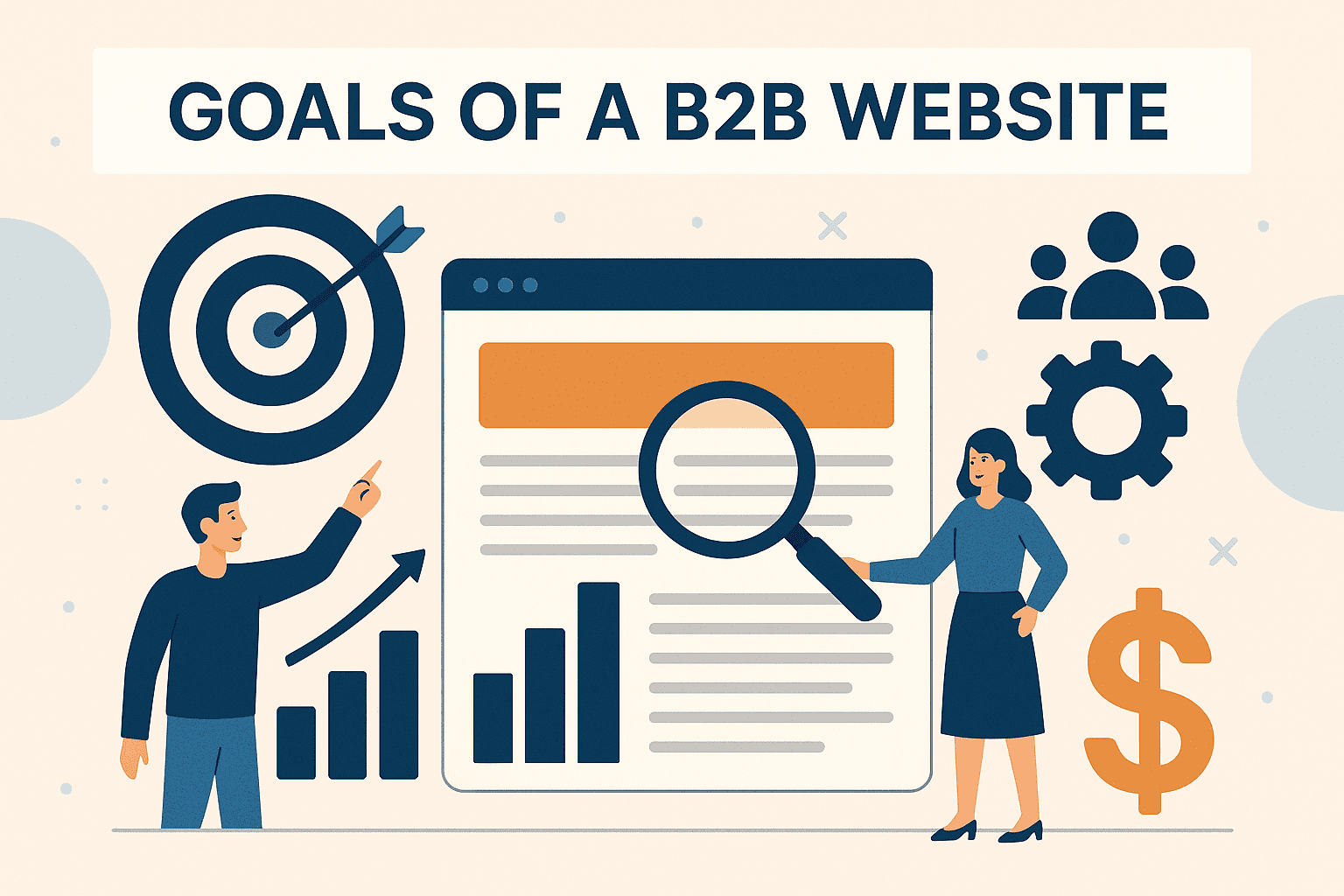

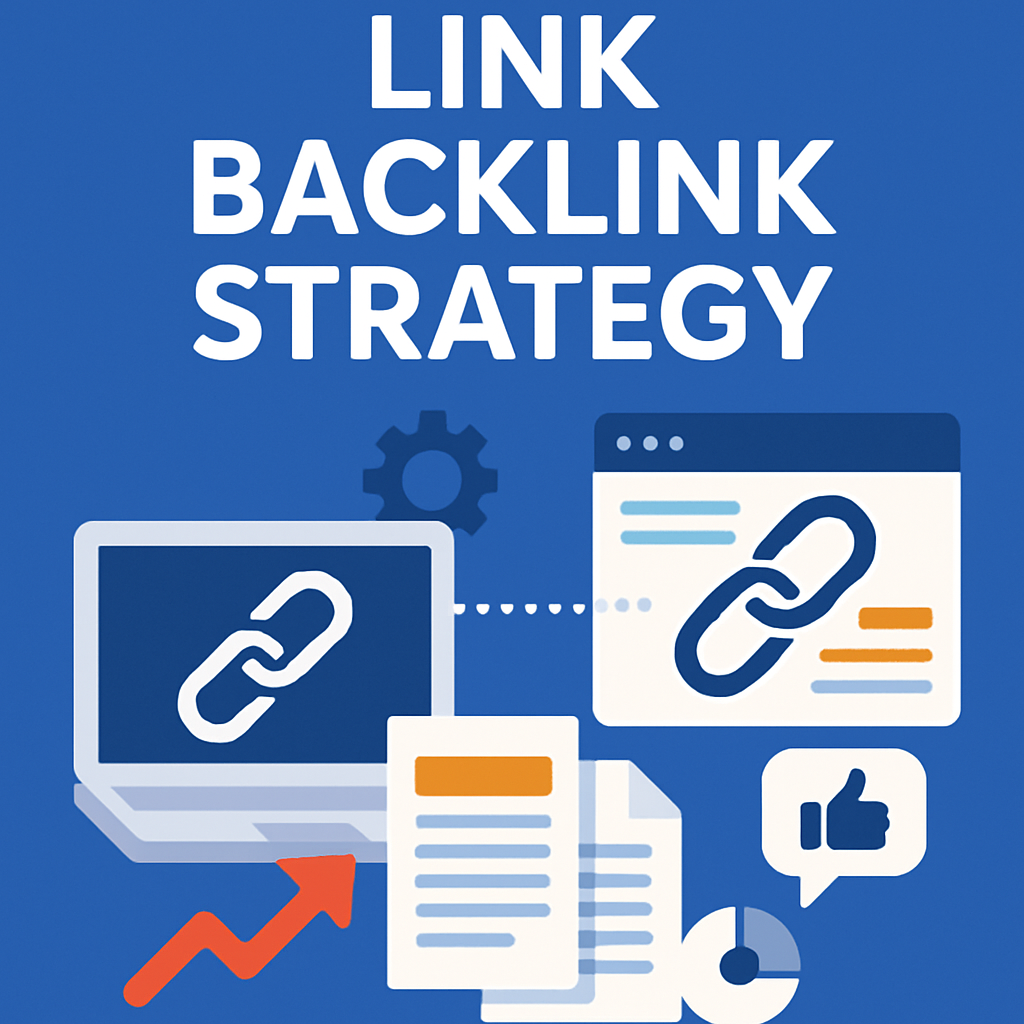
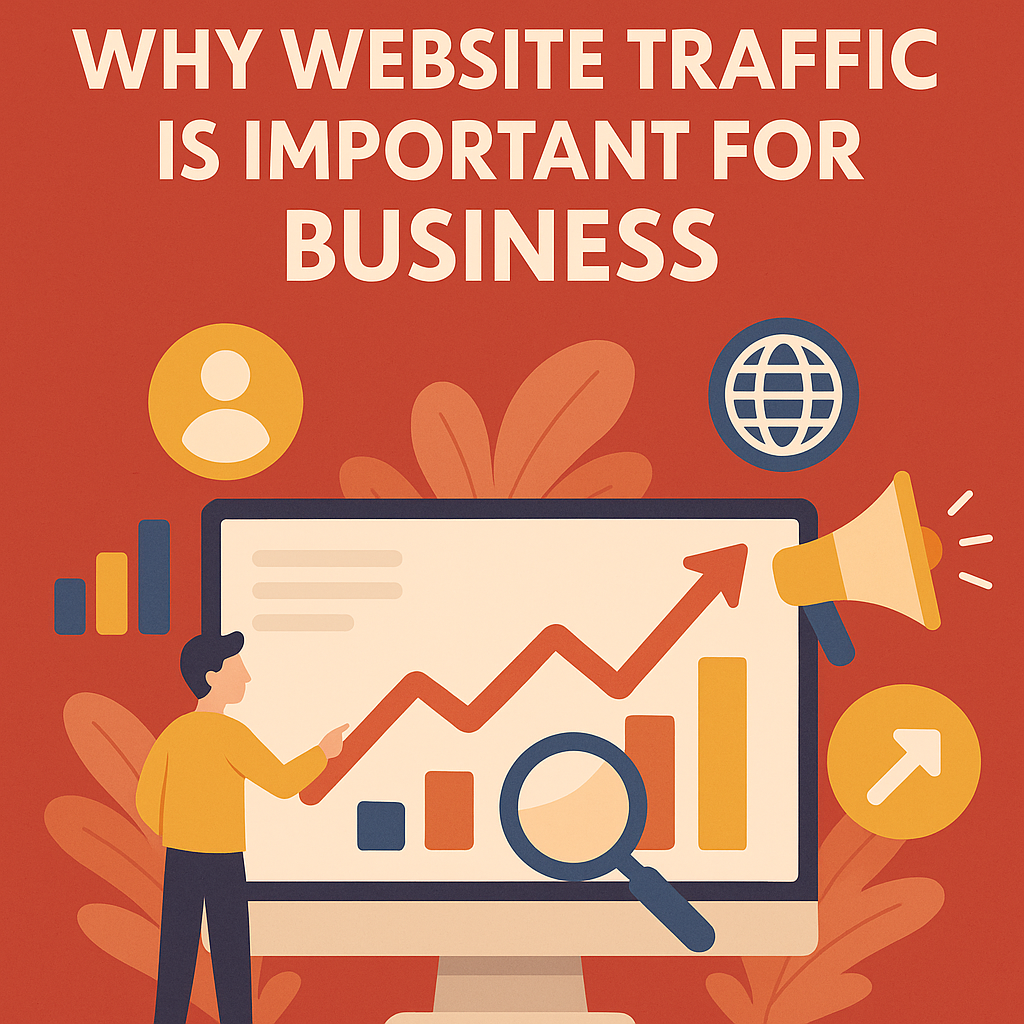
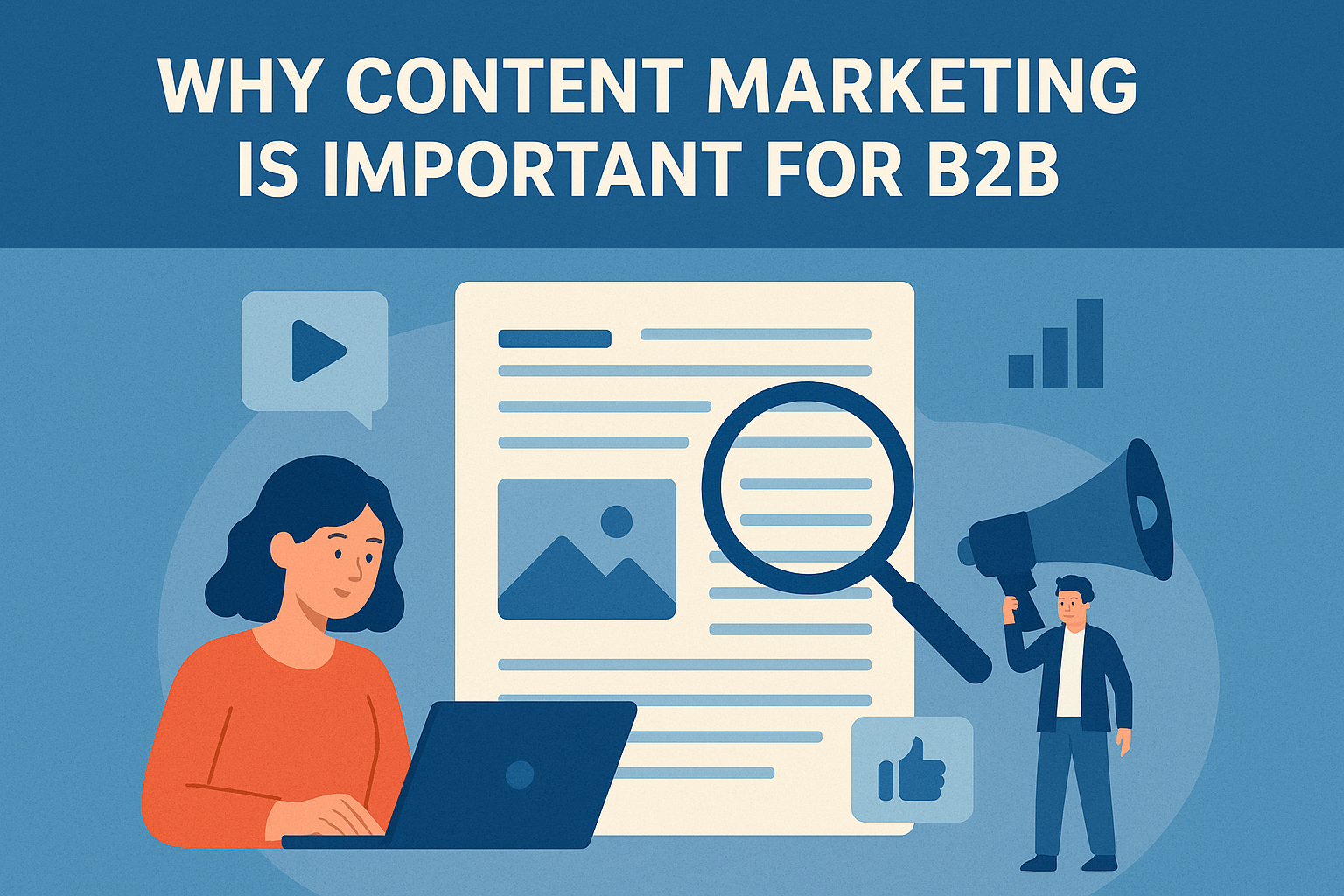
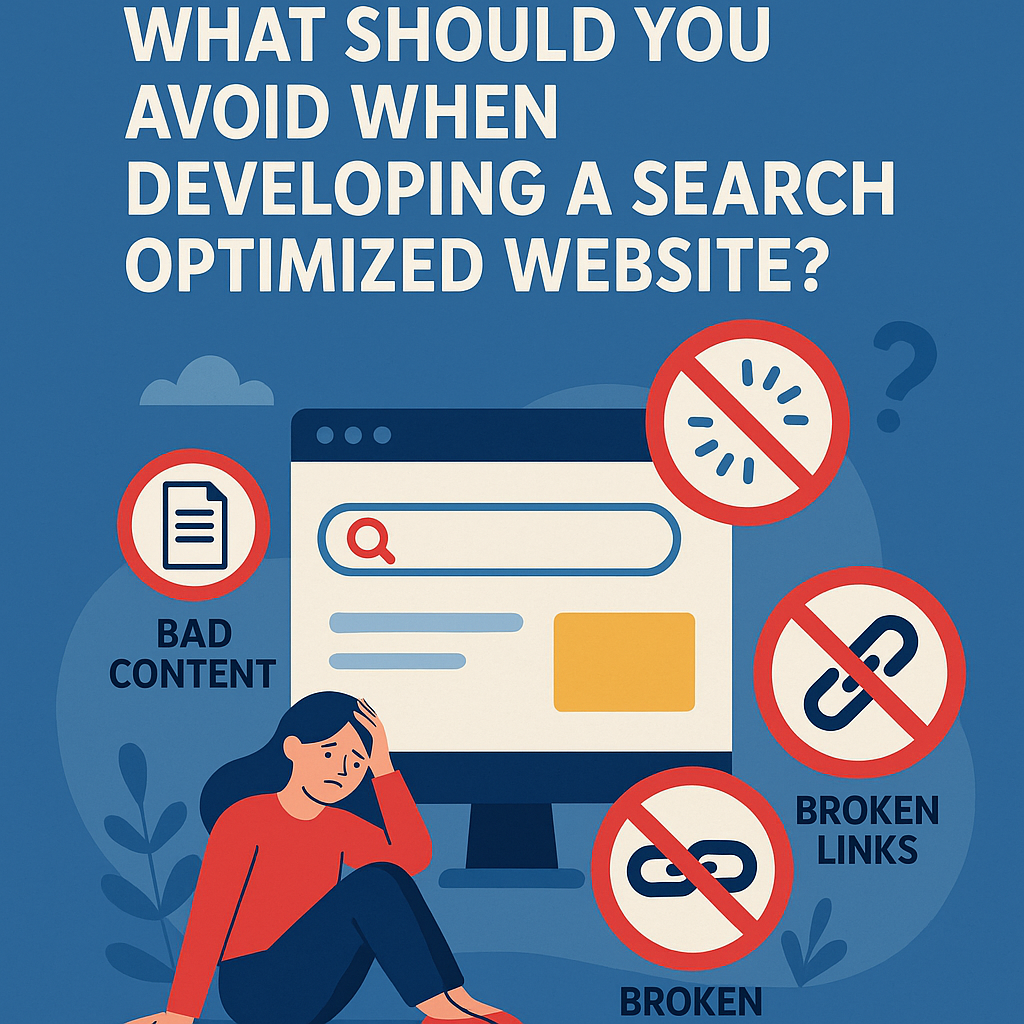


![What To Do After Keyword Research [2025 Guide]](https://backlinkmanagement.io/wp-content/uploads/2025/05/What-To-Do-After-Keyword-Research.png)
![Is Page Speed Really A Ranking Factor? [2025]](https://backlinkmanagement.io/wp-content/uploads/2025/05/Is-Page-Speed-Really-A-Ranking-Factor.png)
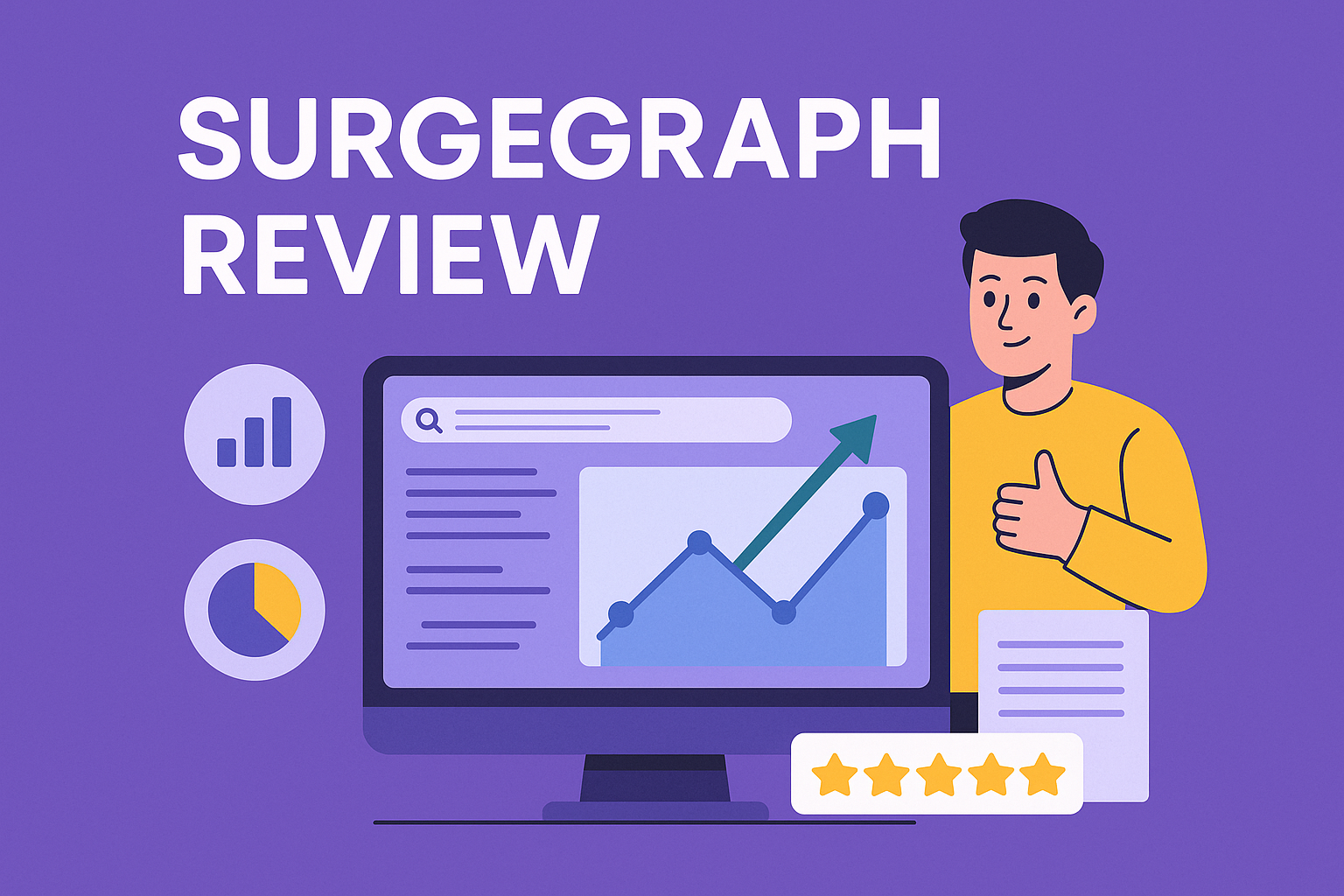
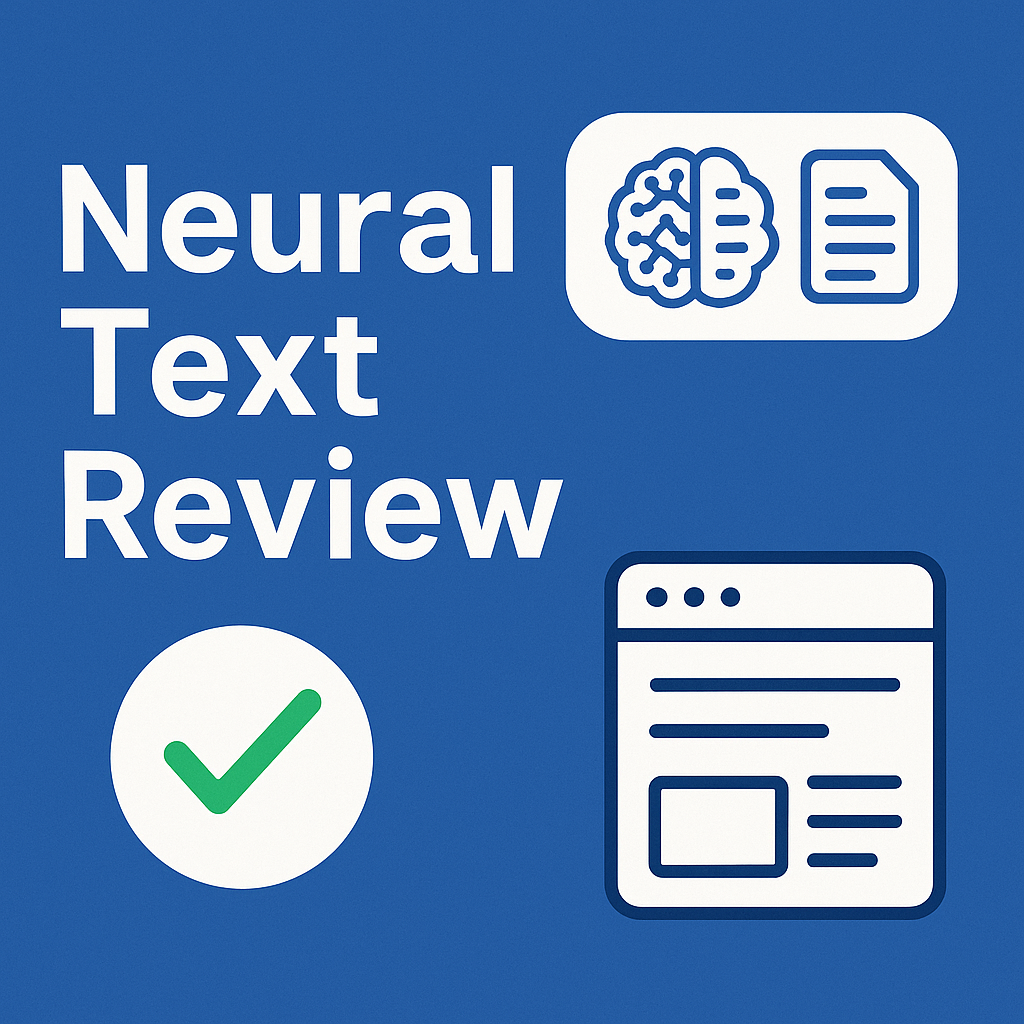






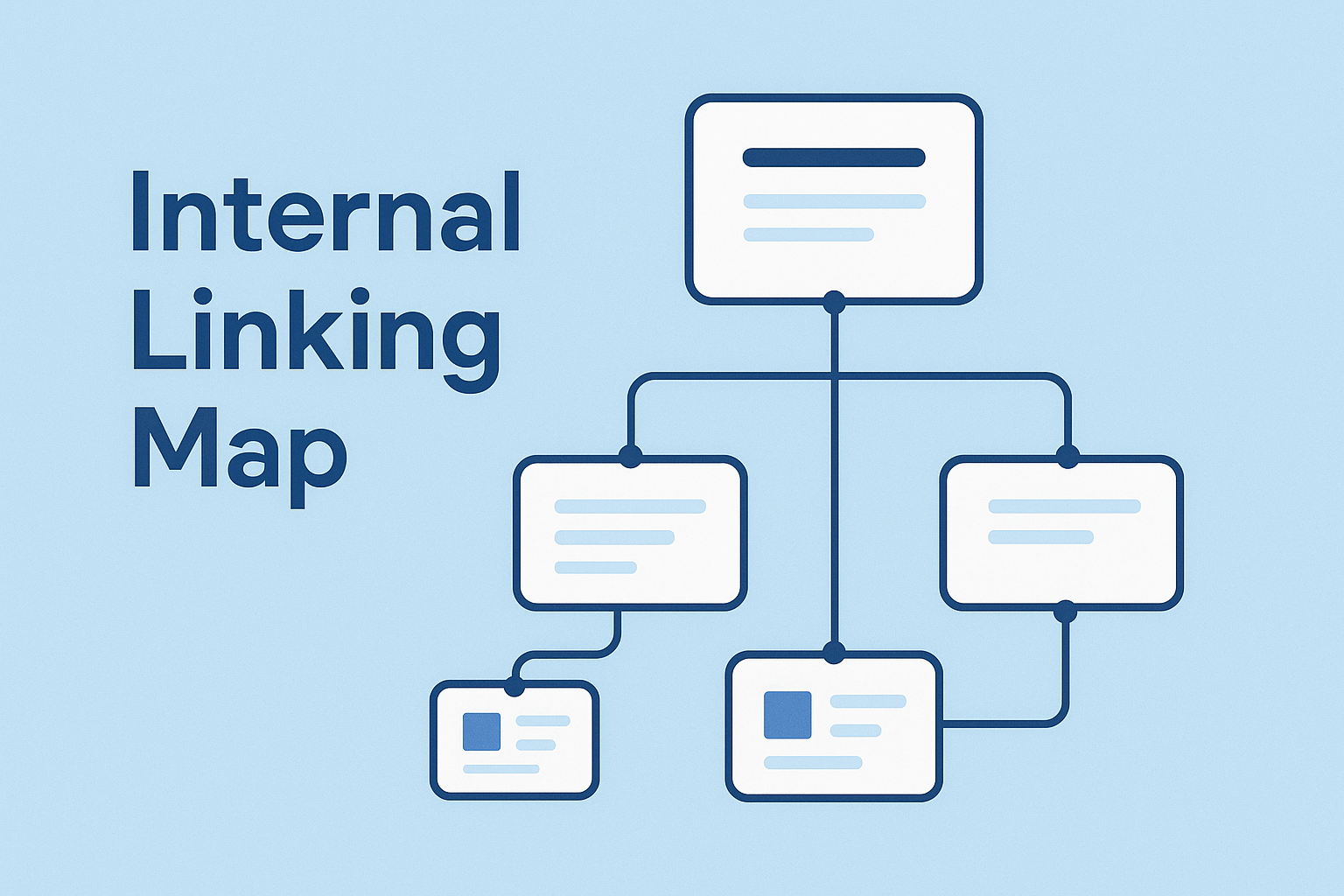

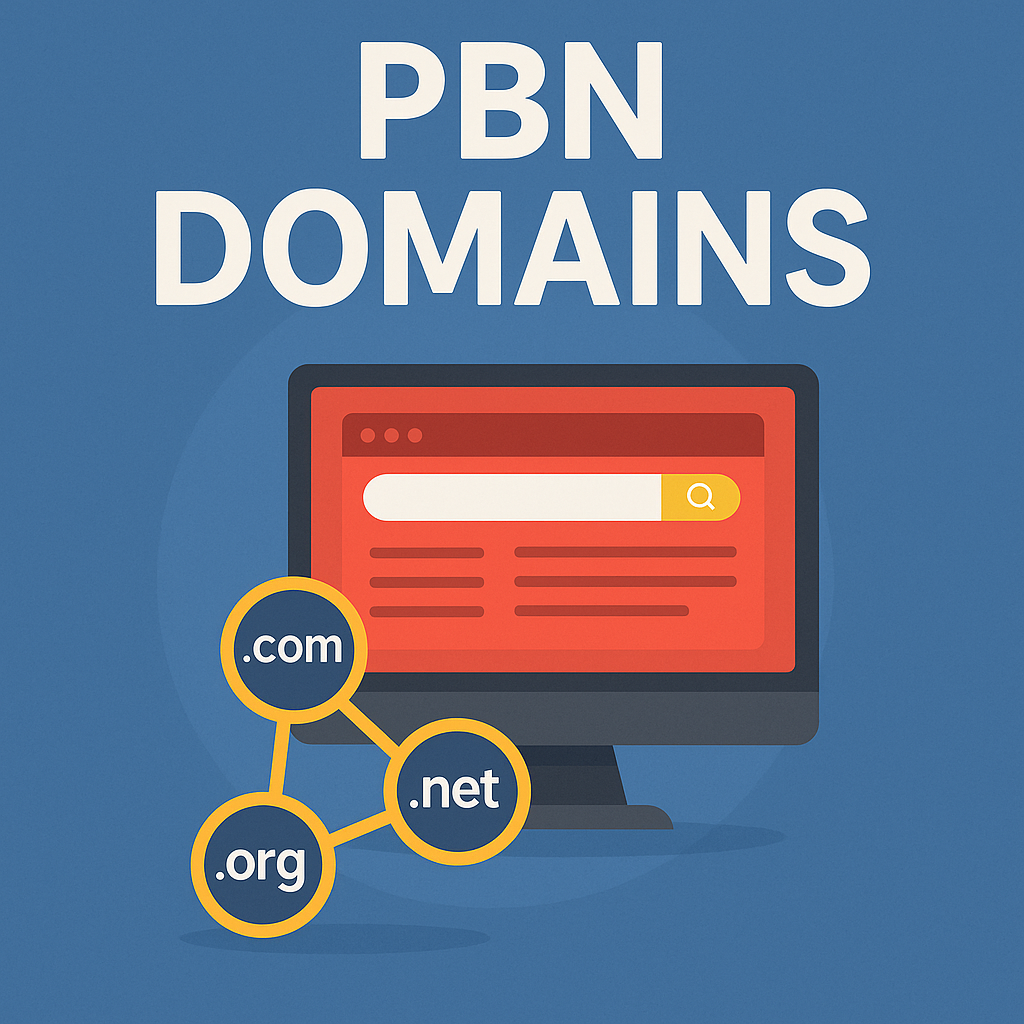
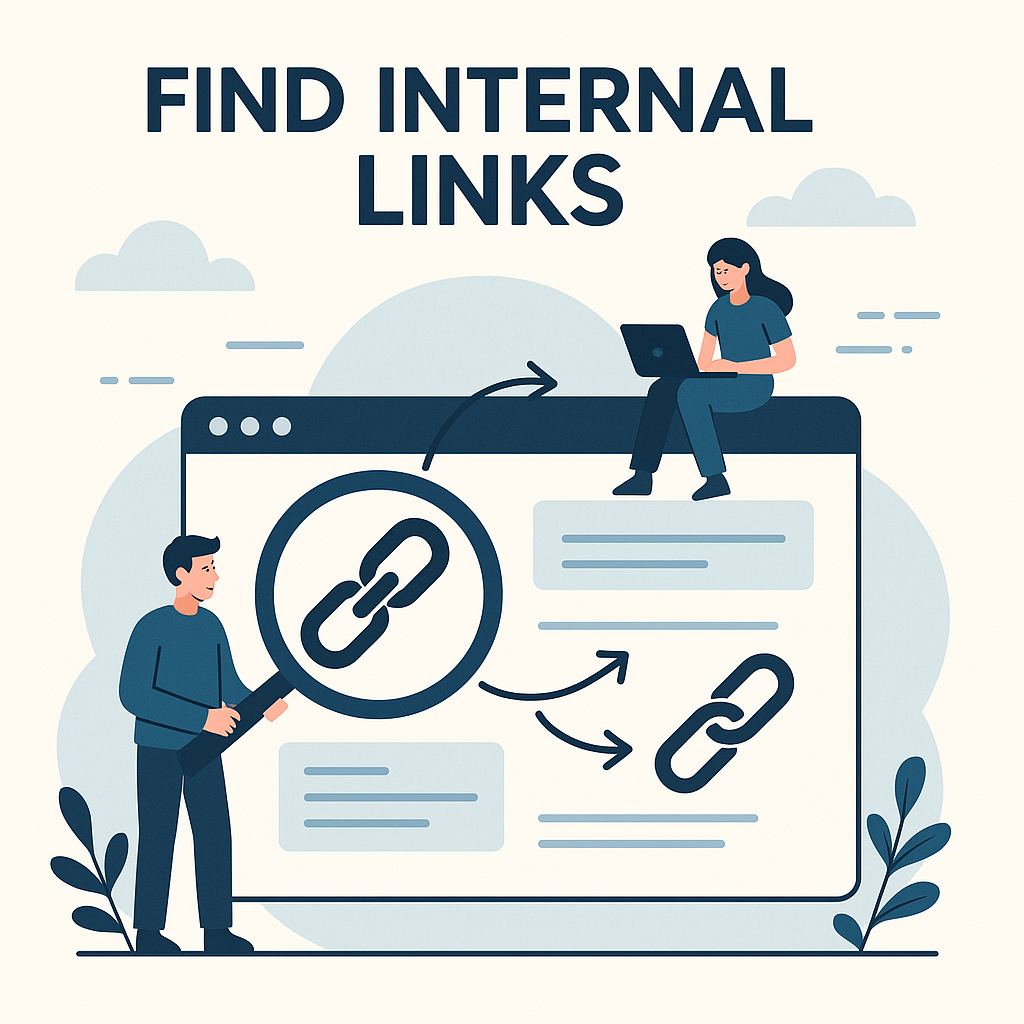
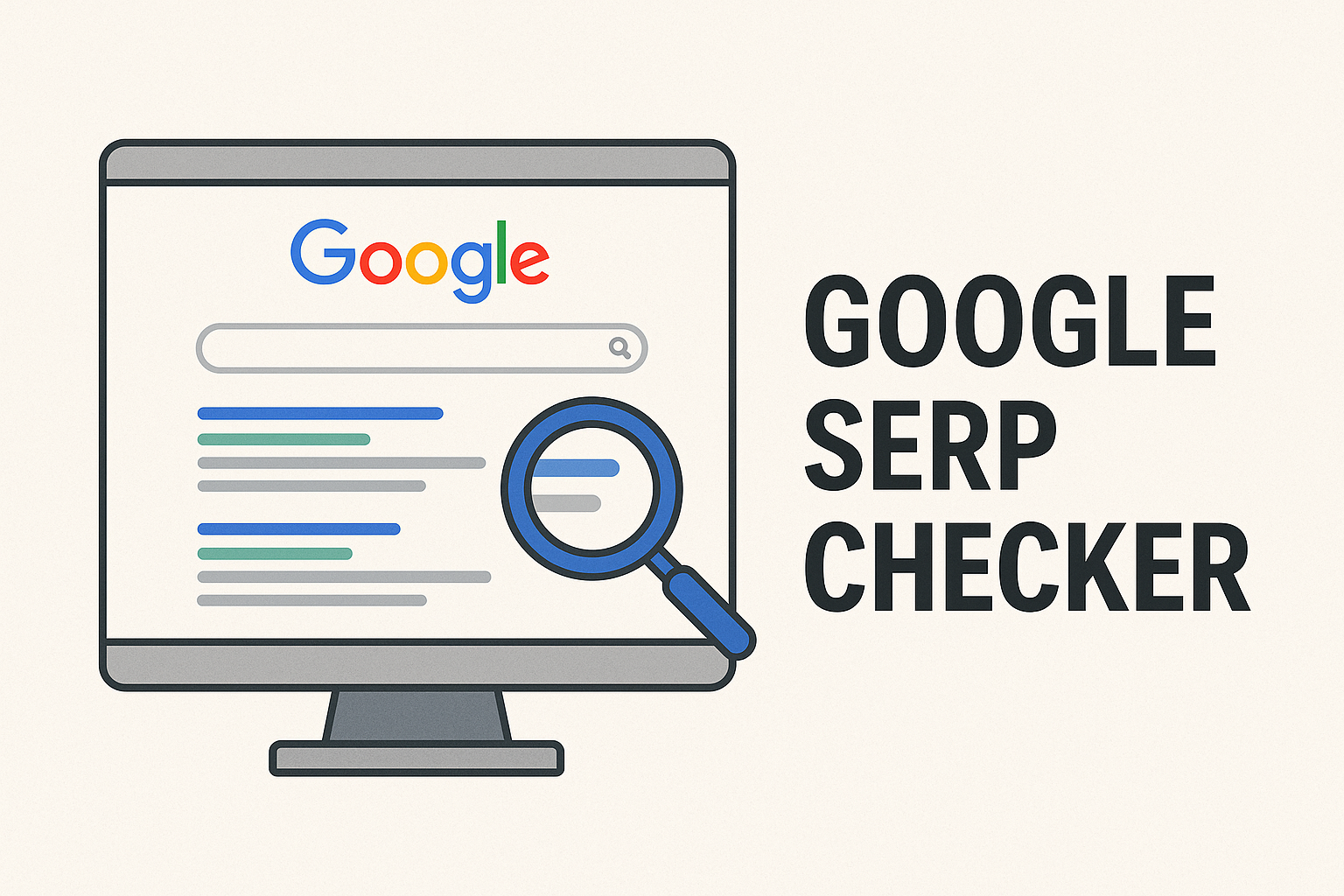
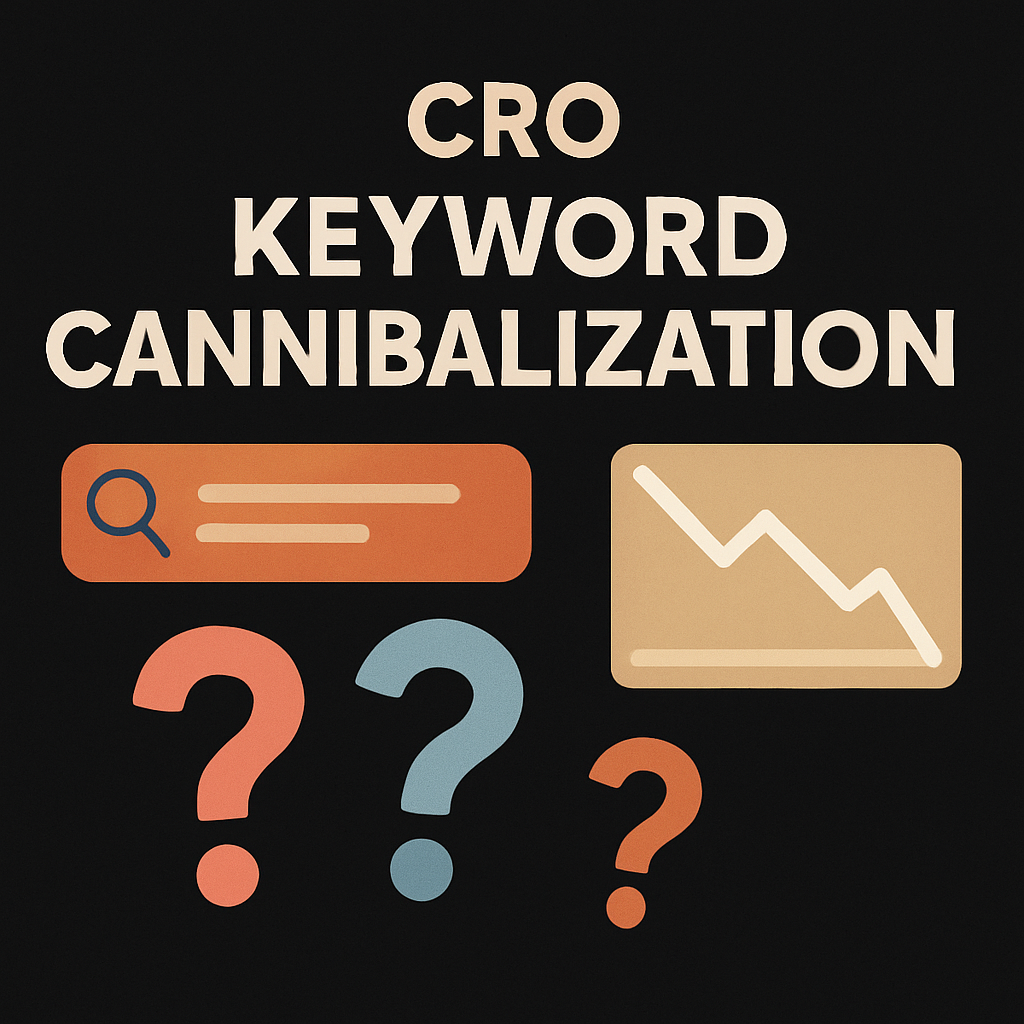






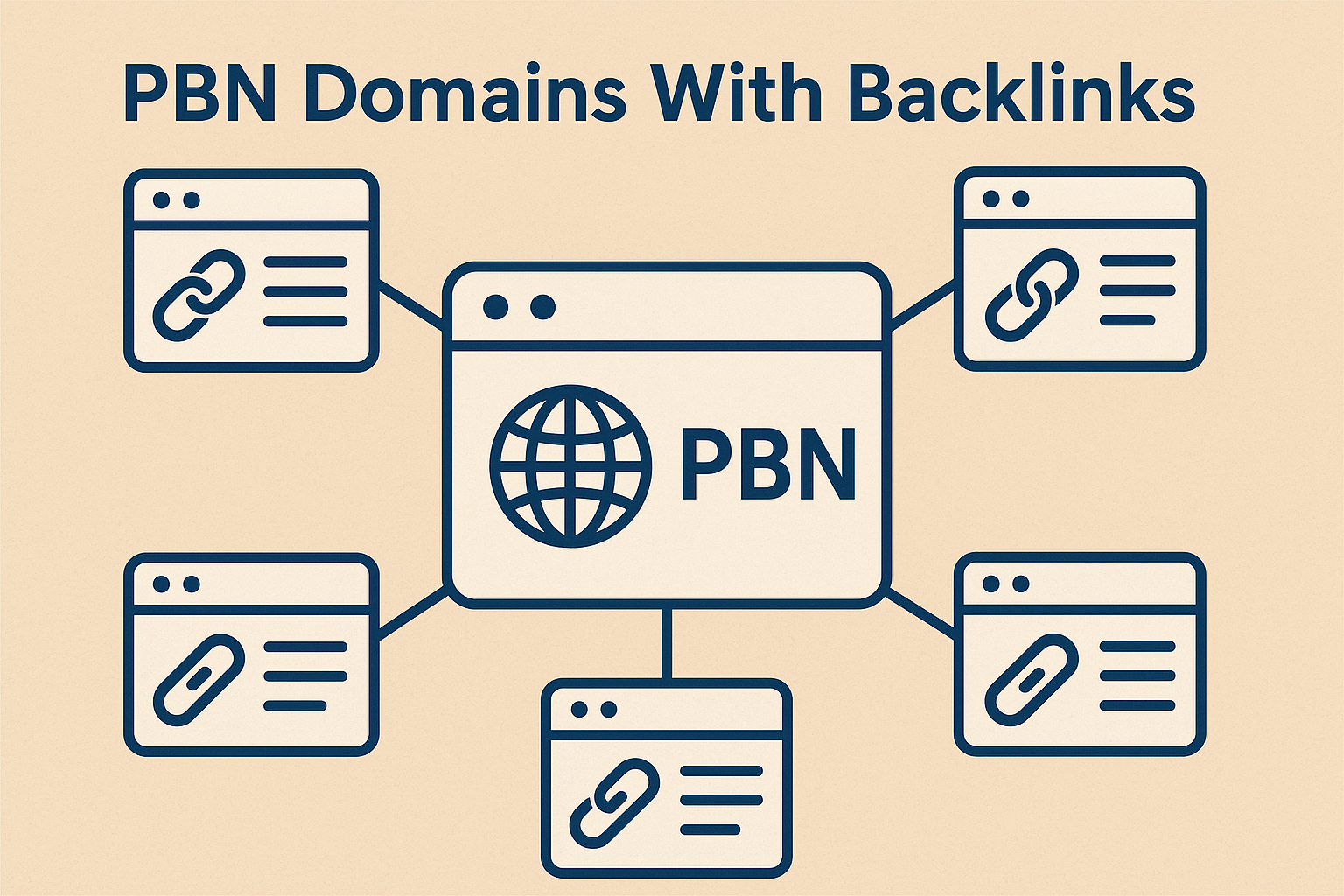
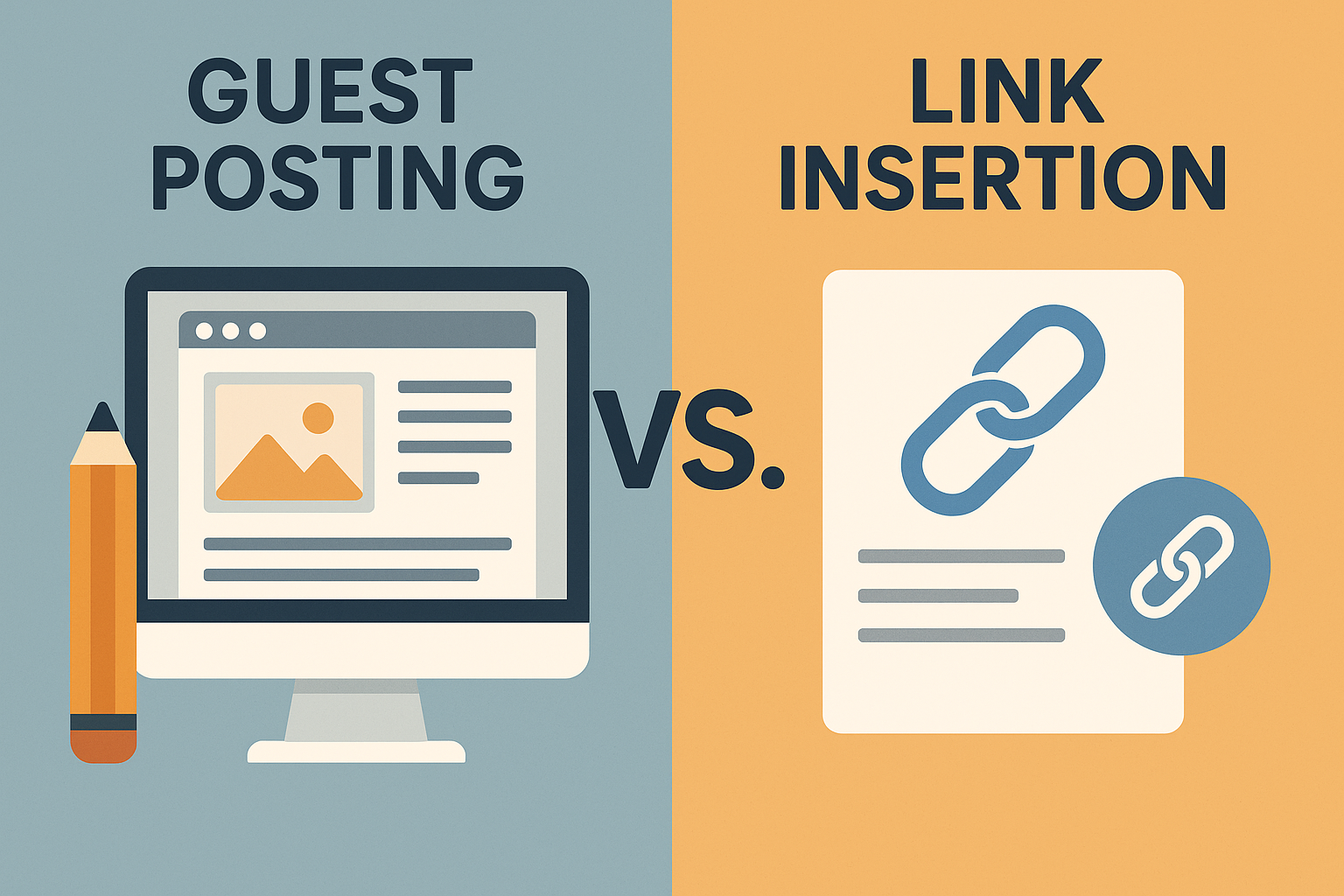
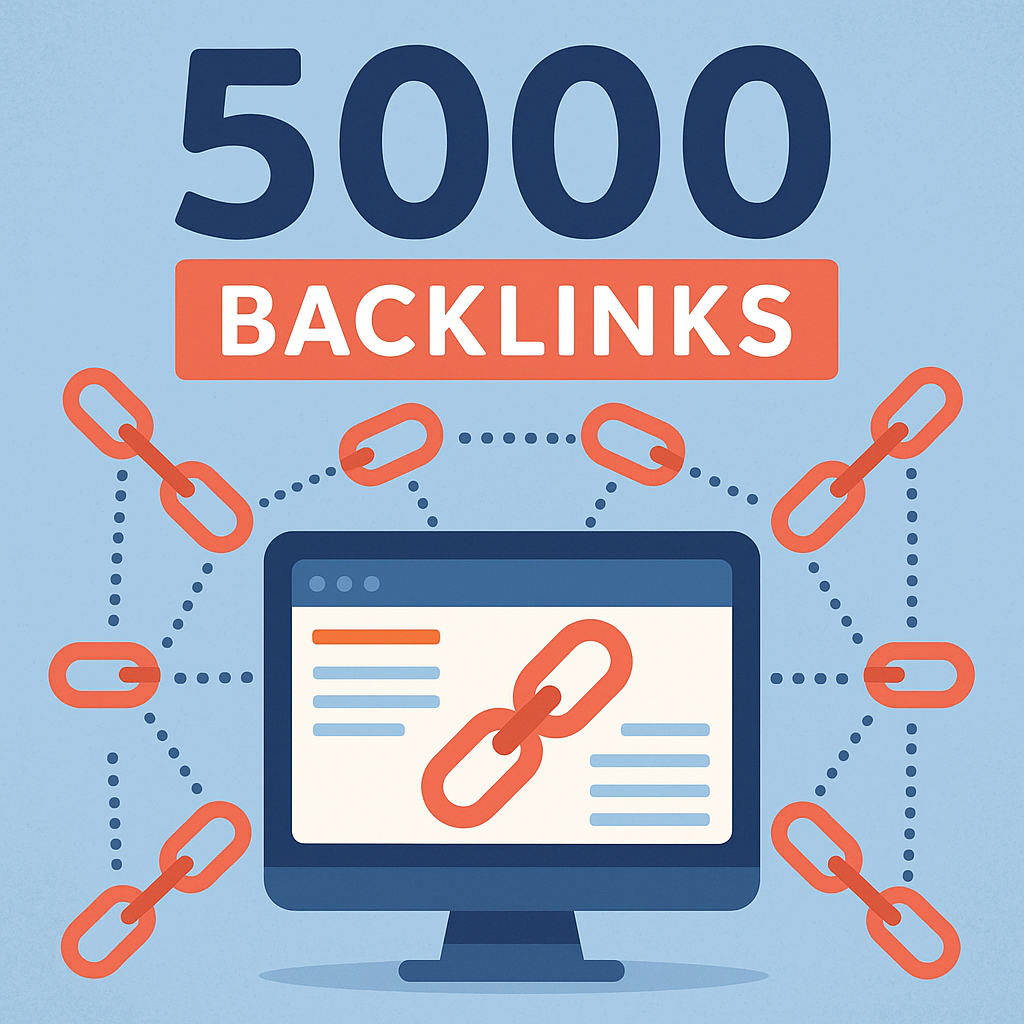
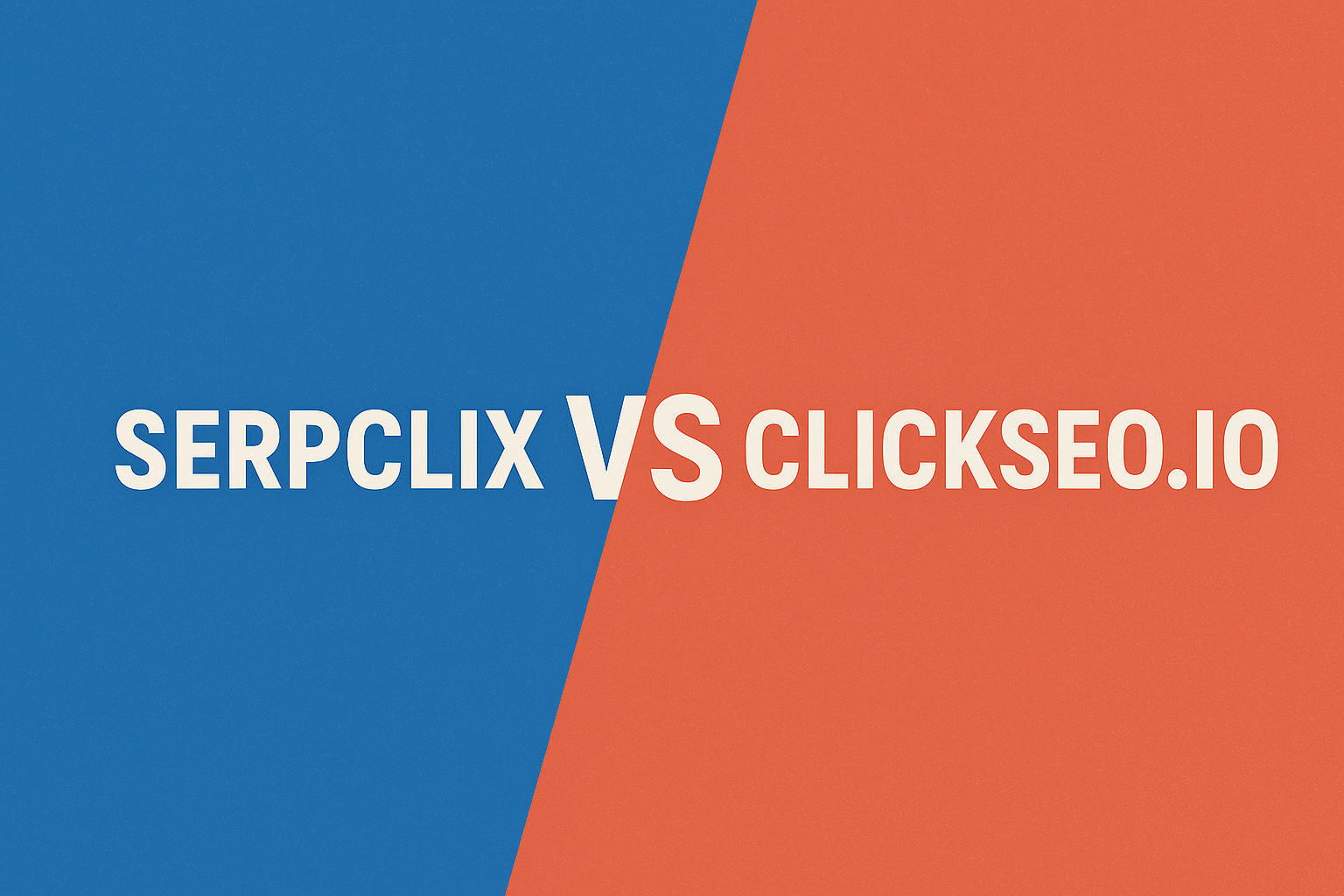

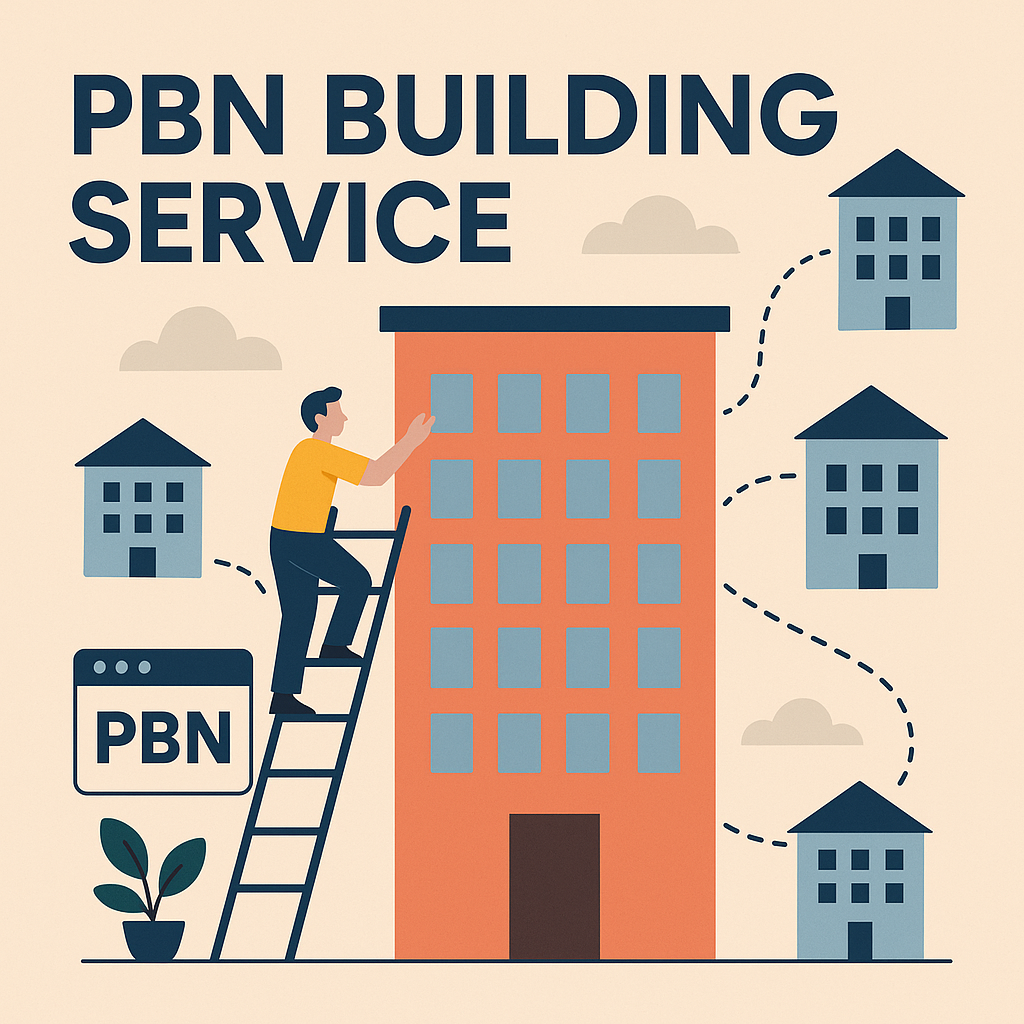
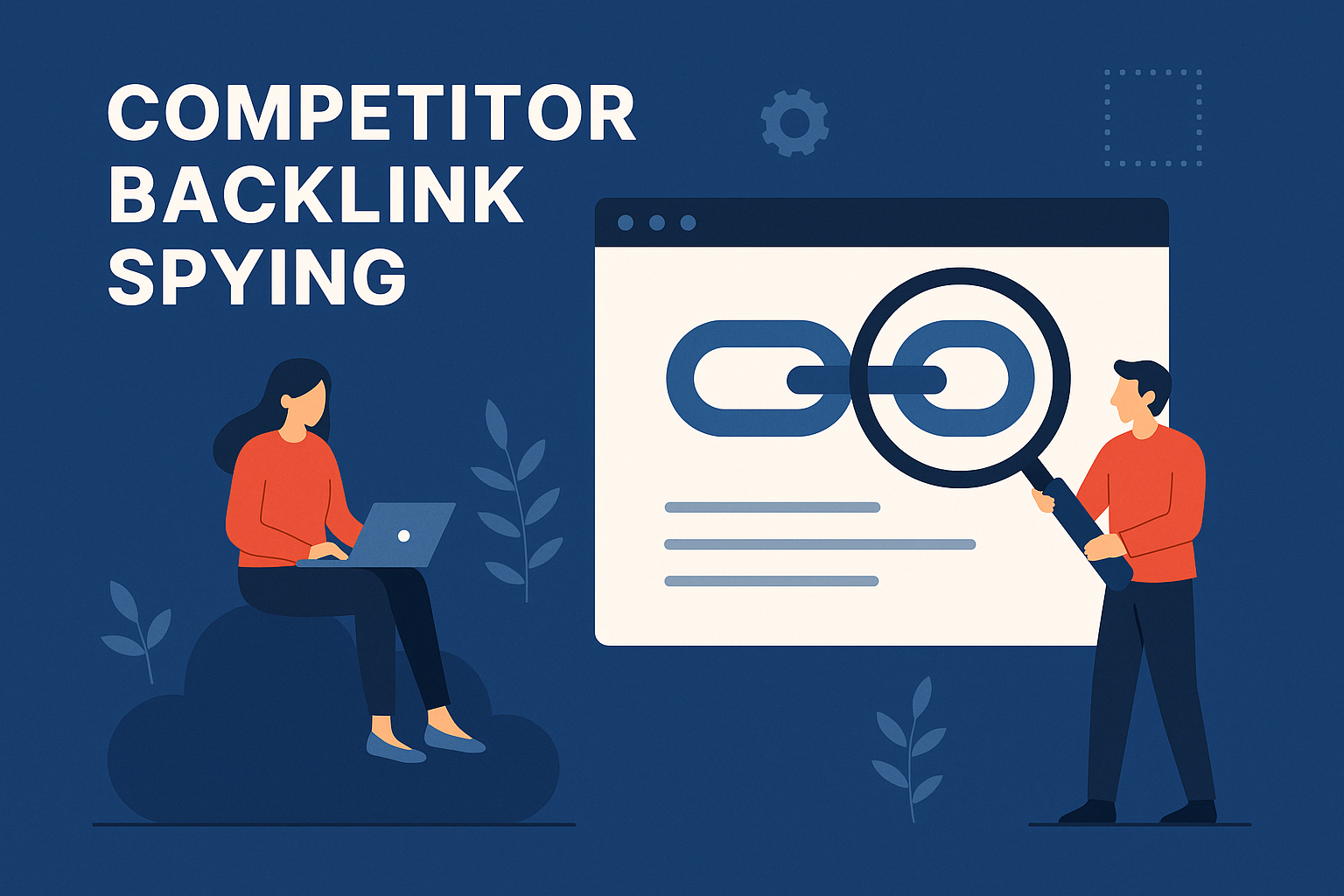


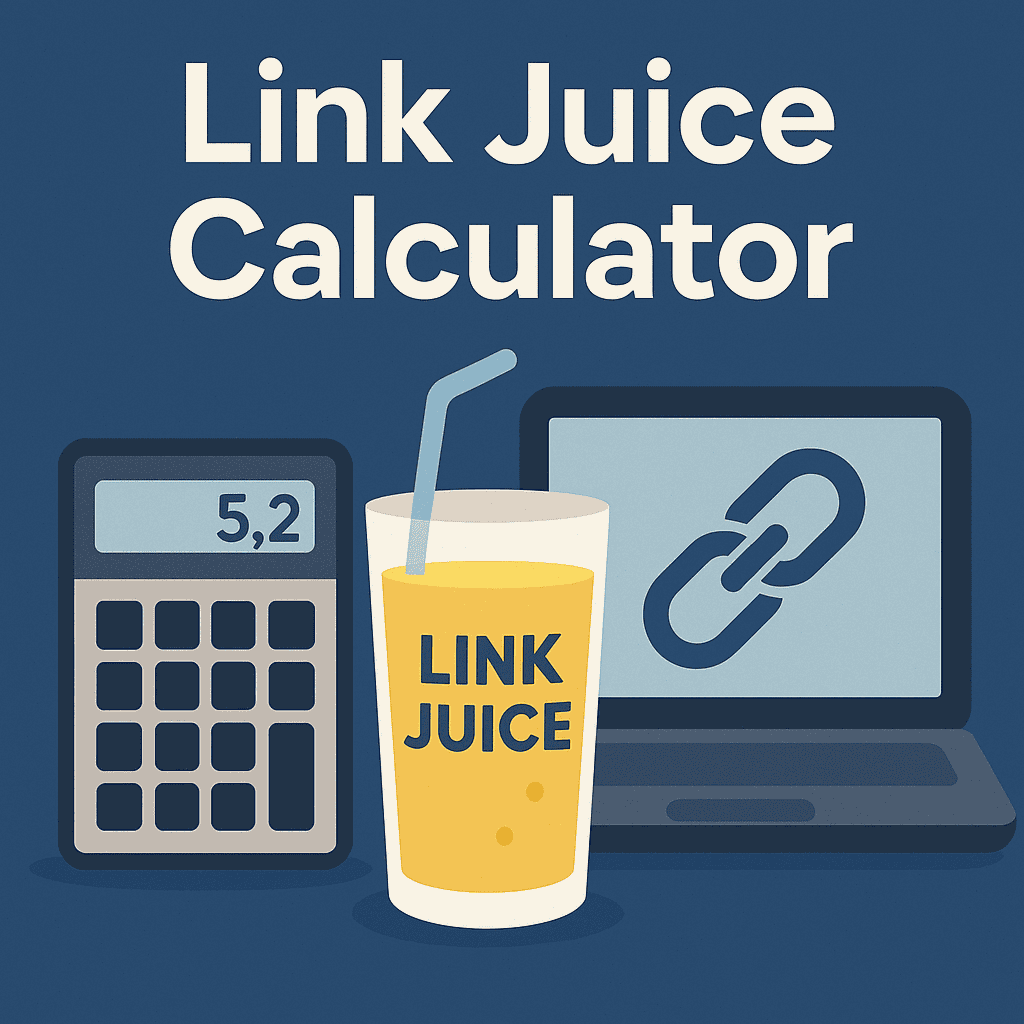
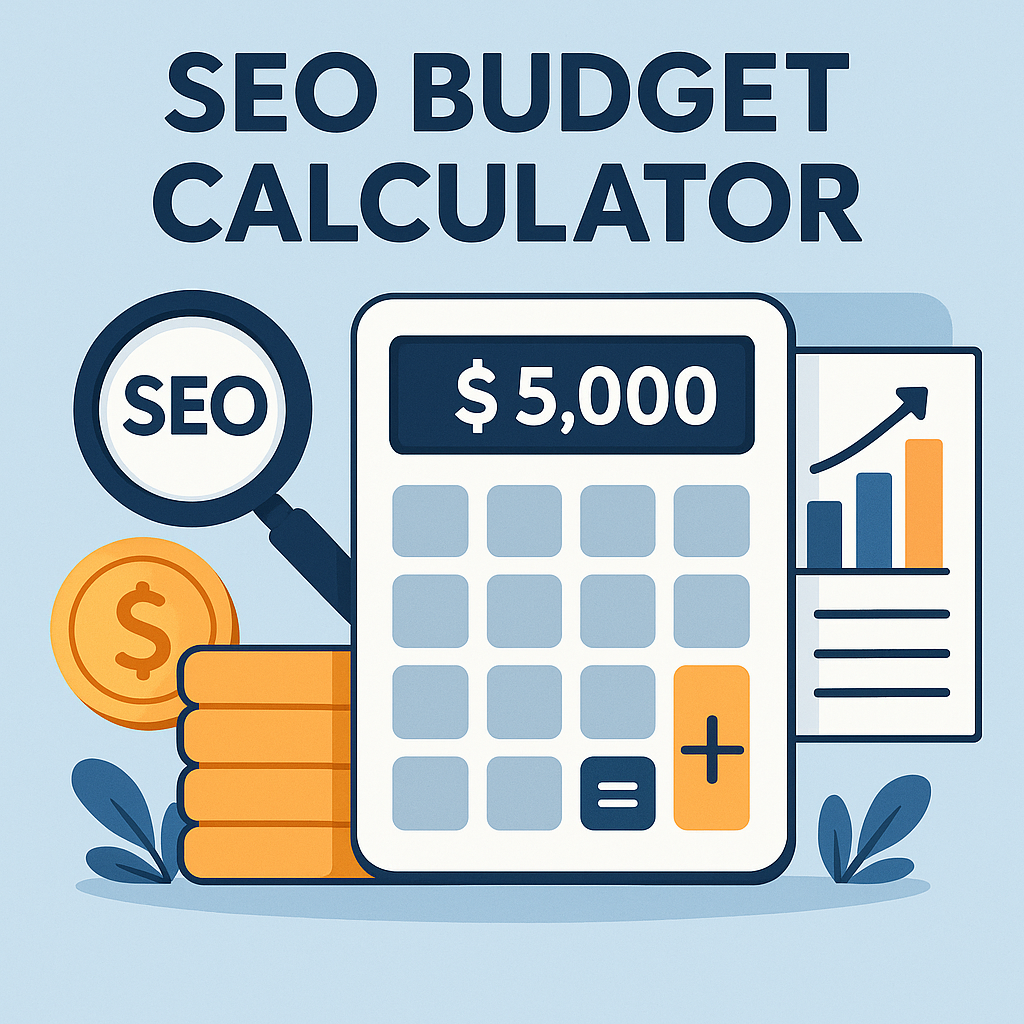

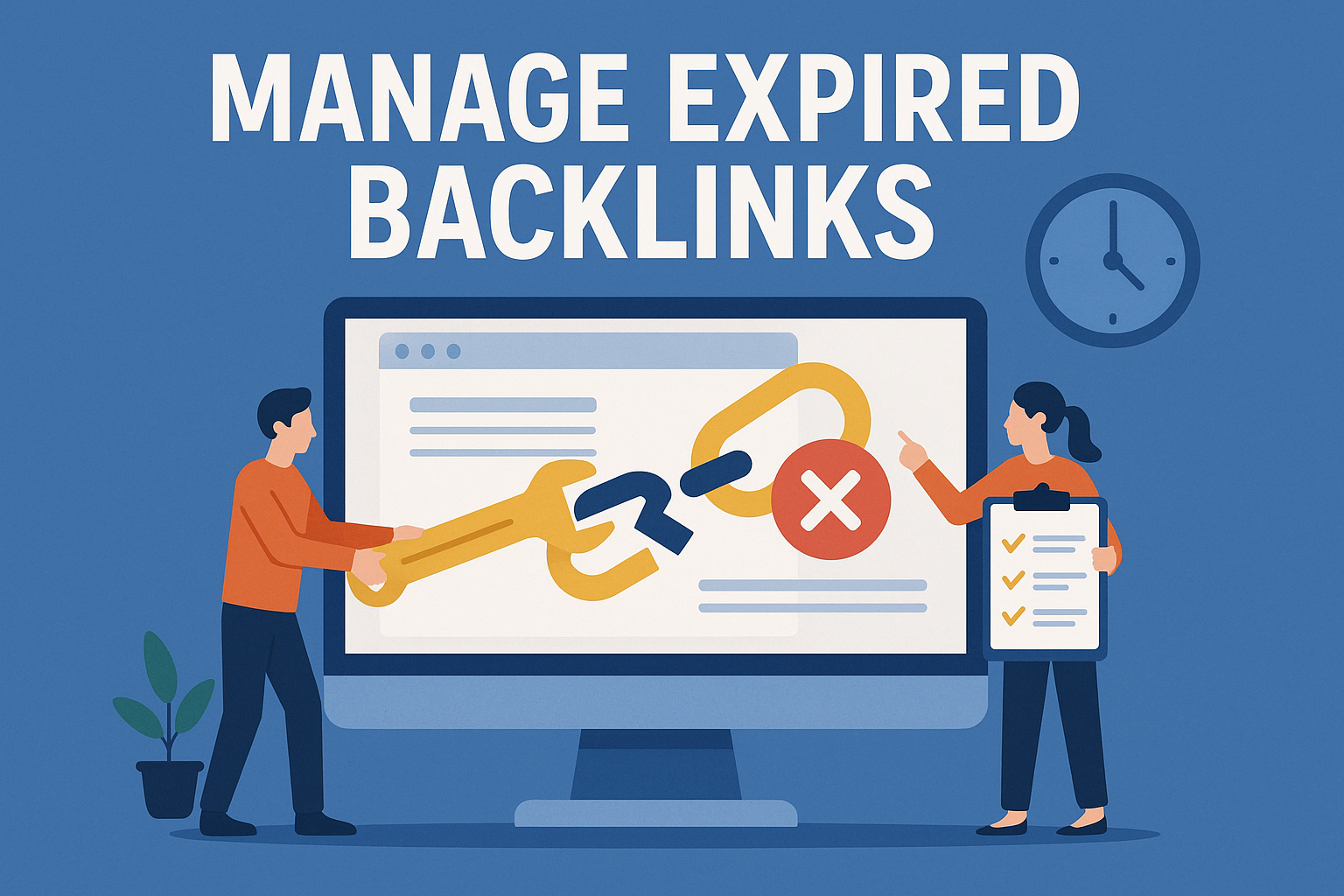

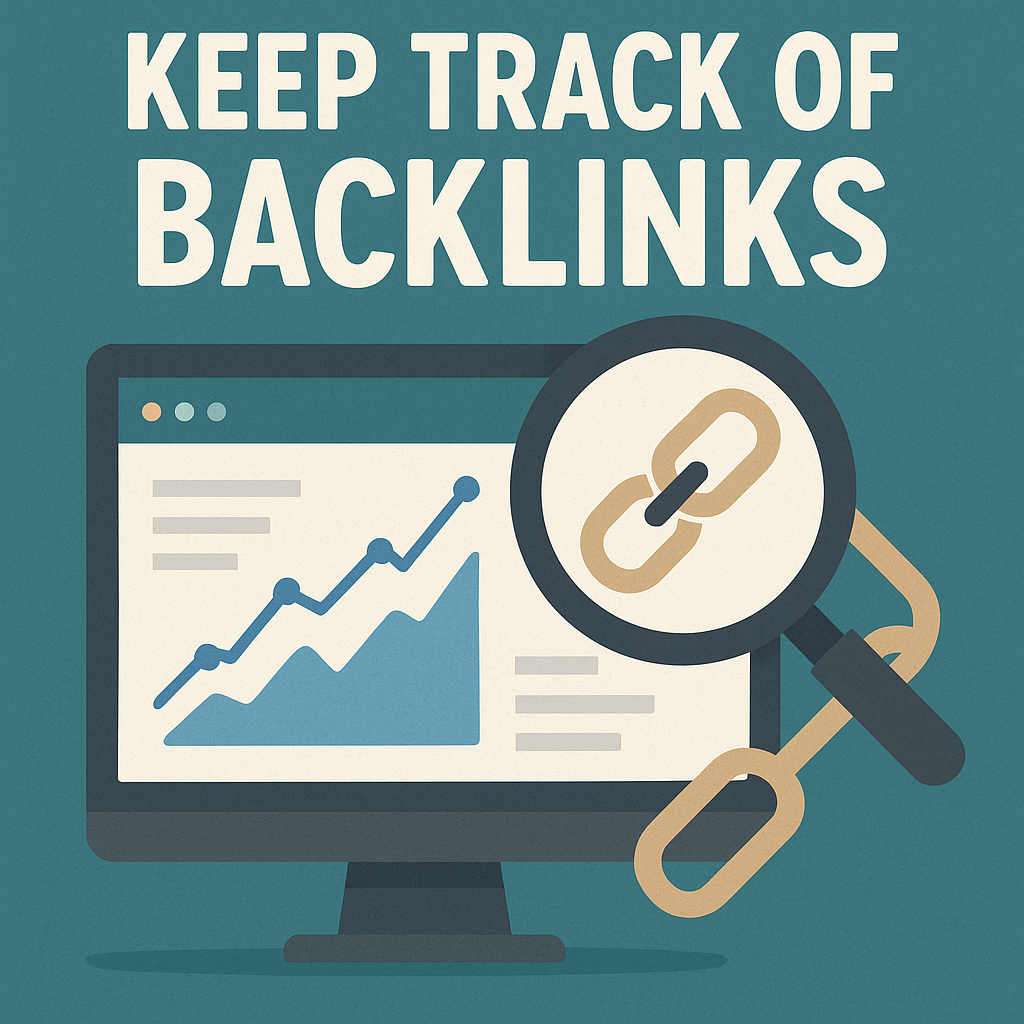
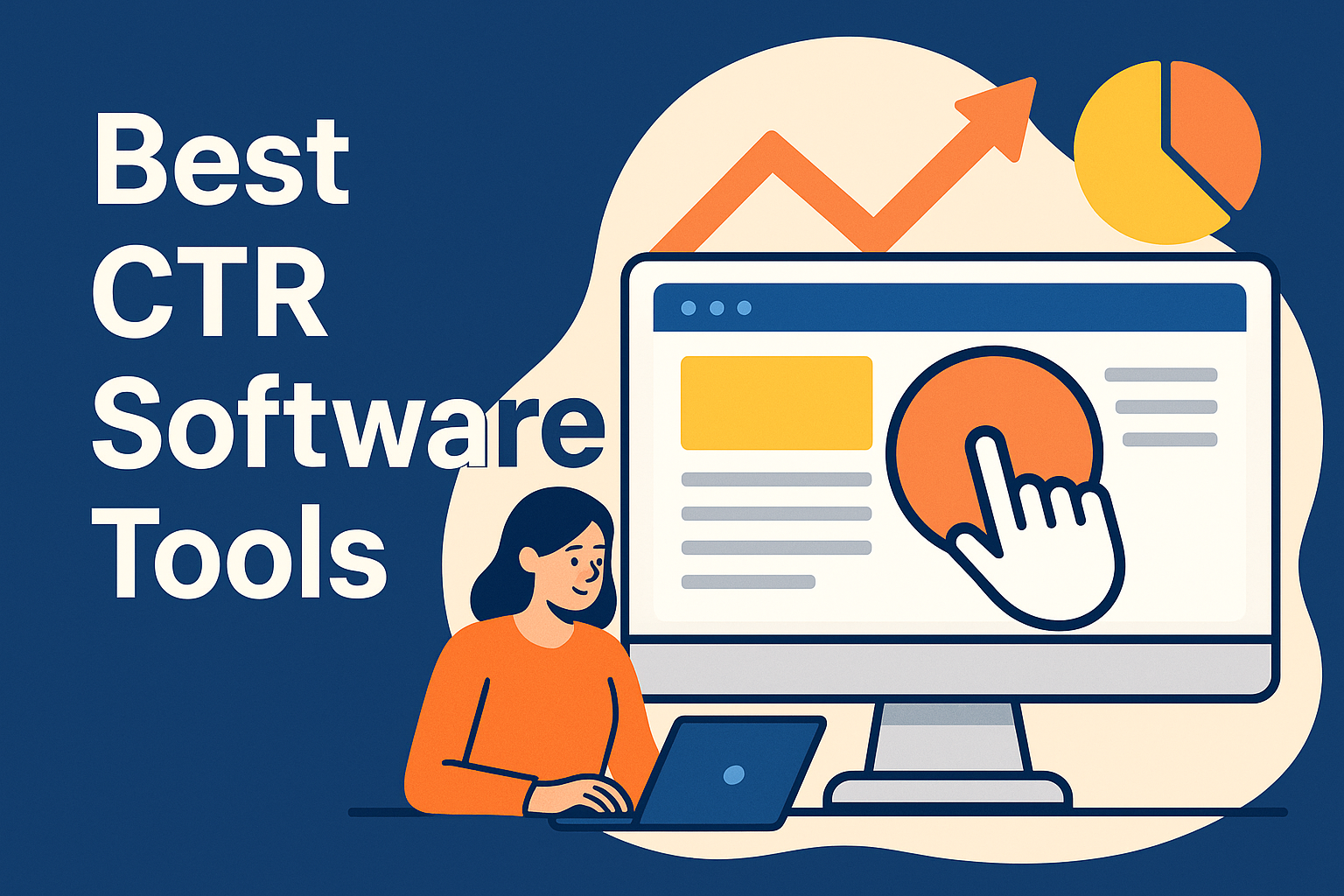
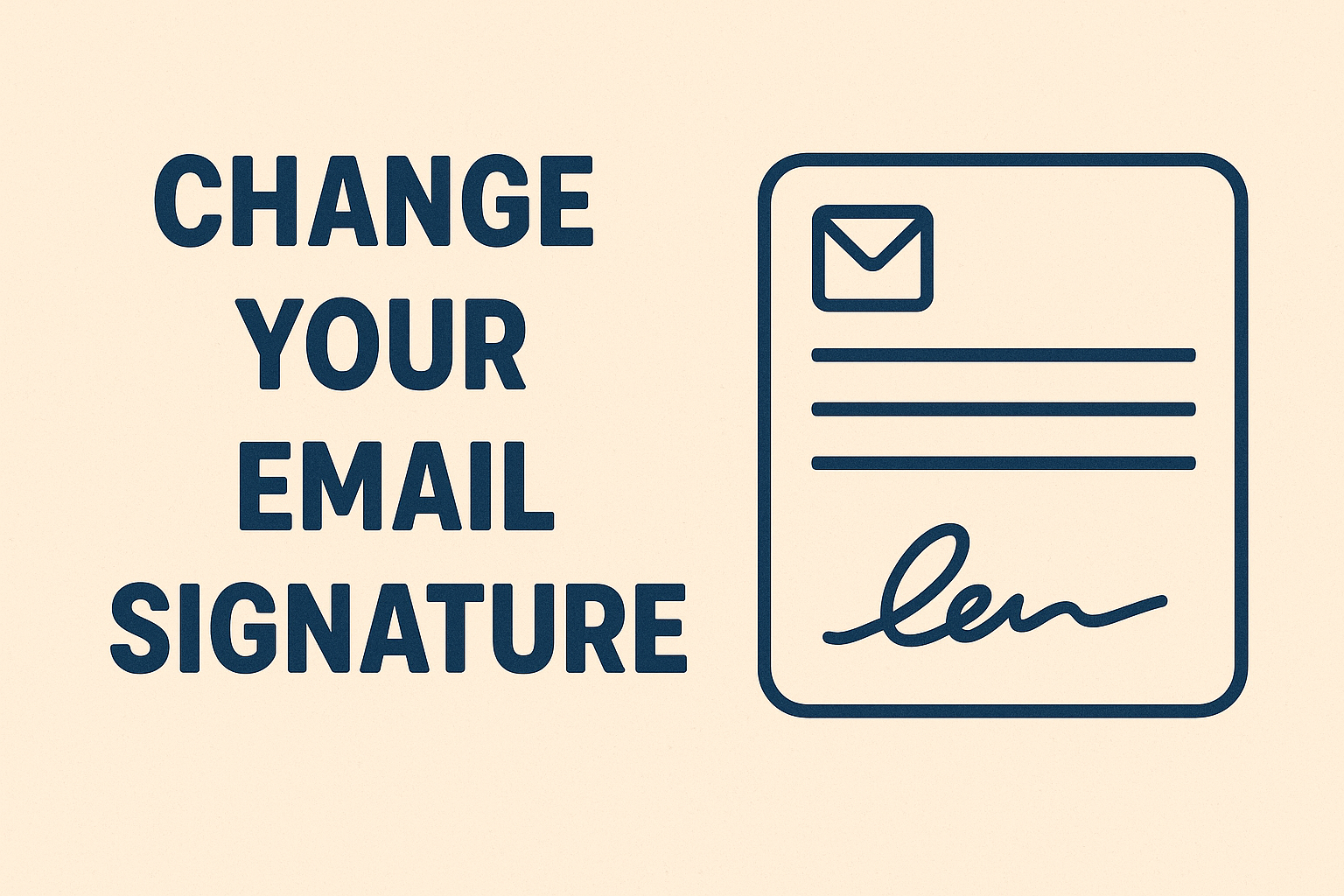
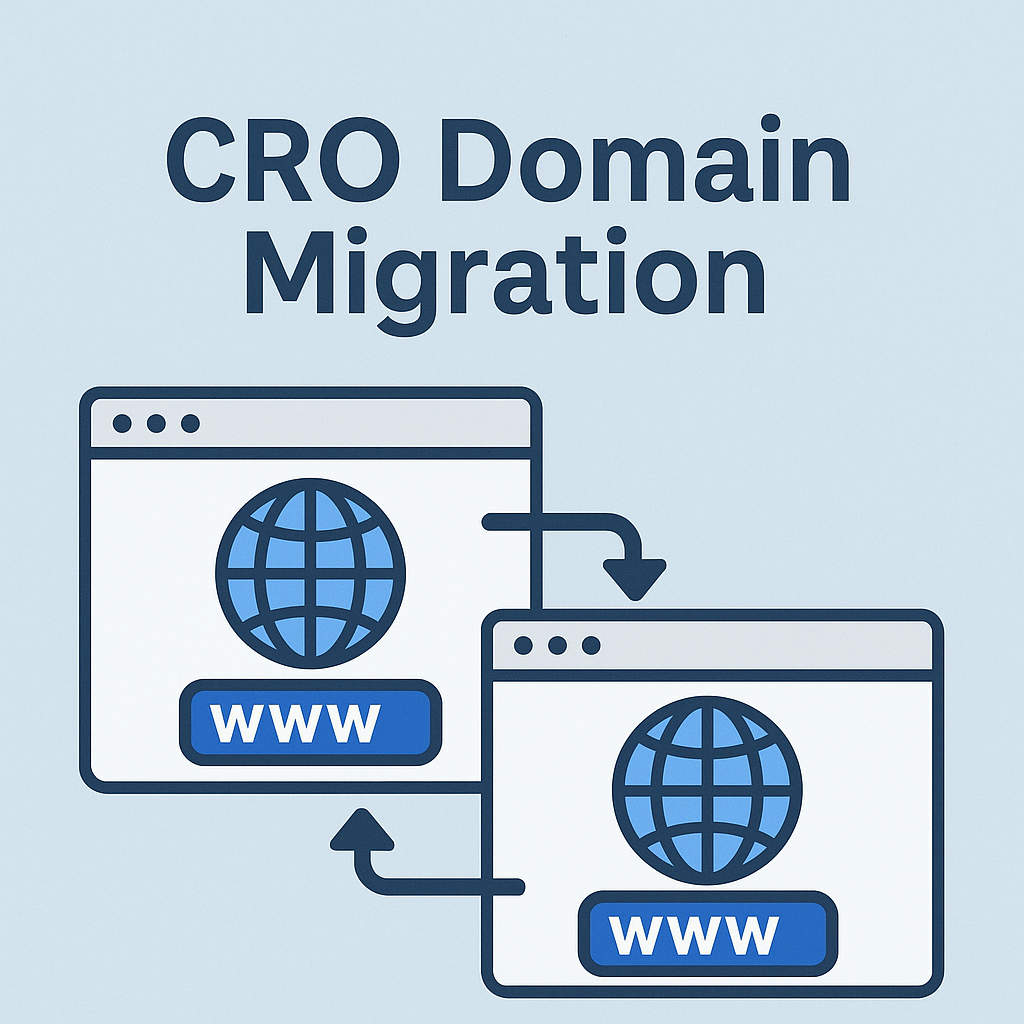


![Best Link Exchange Sites [Free & Safe] – Top 5 Picks](https://backlinkmanagement.io/wp-content/uploads/2025/04/Free-Link-Exchange.png)
